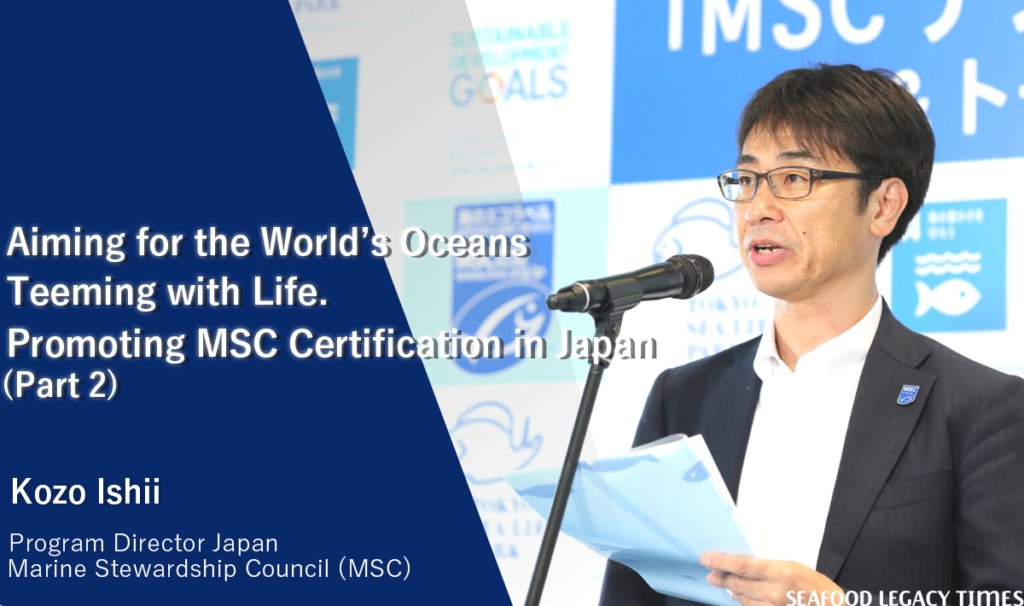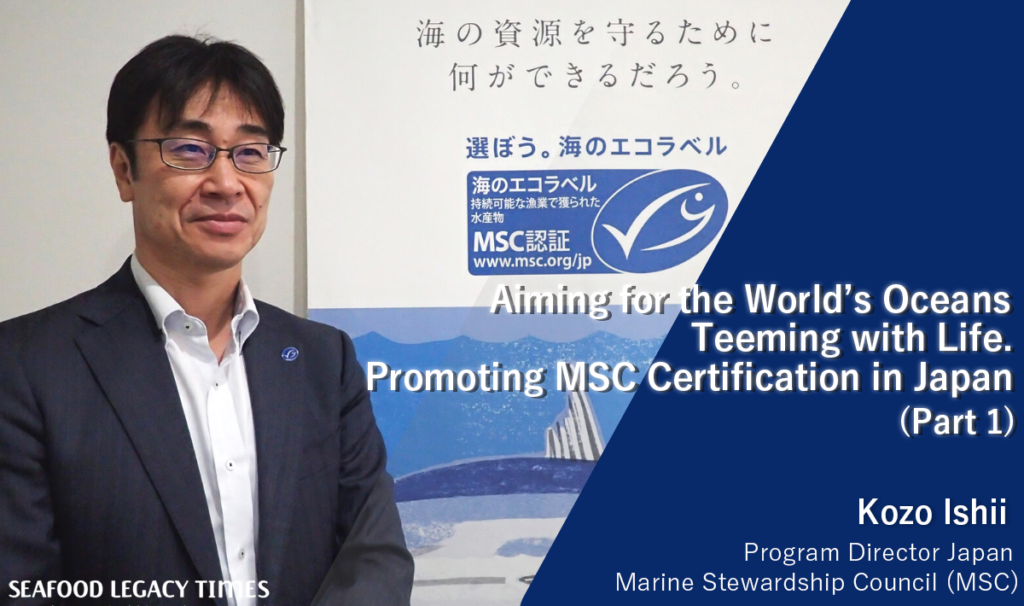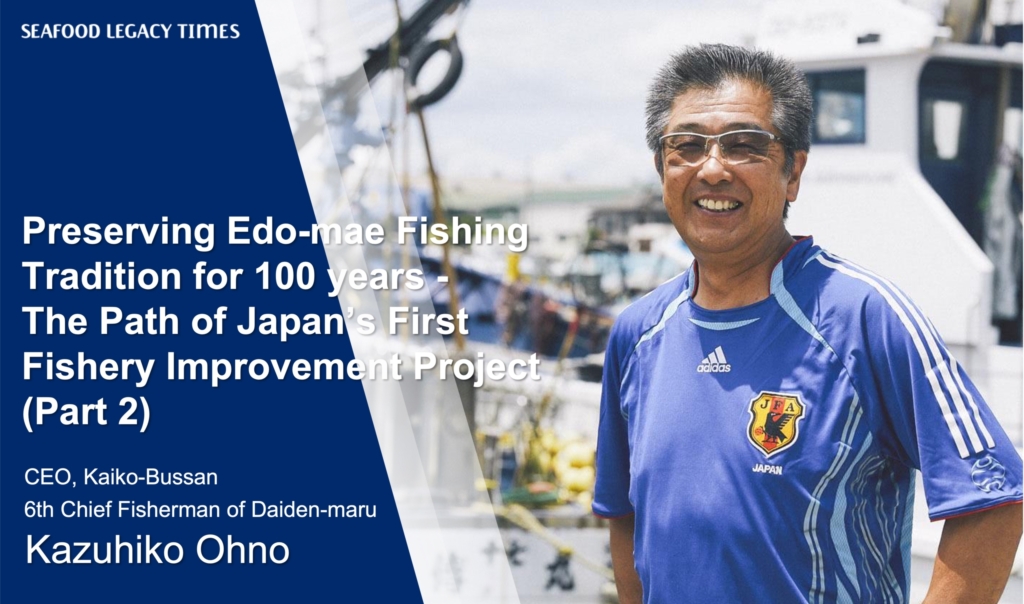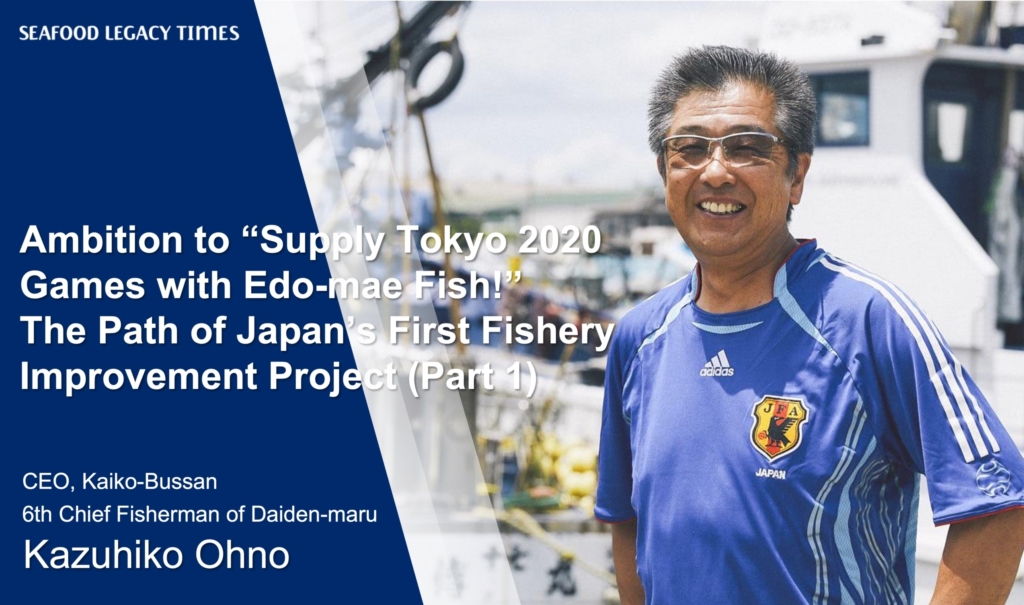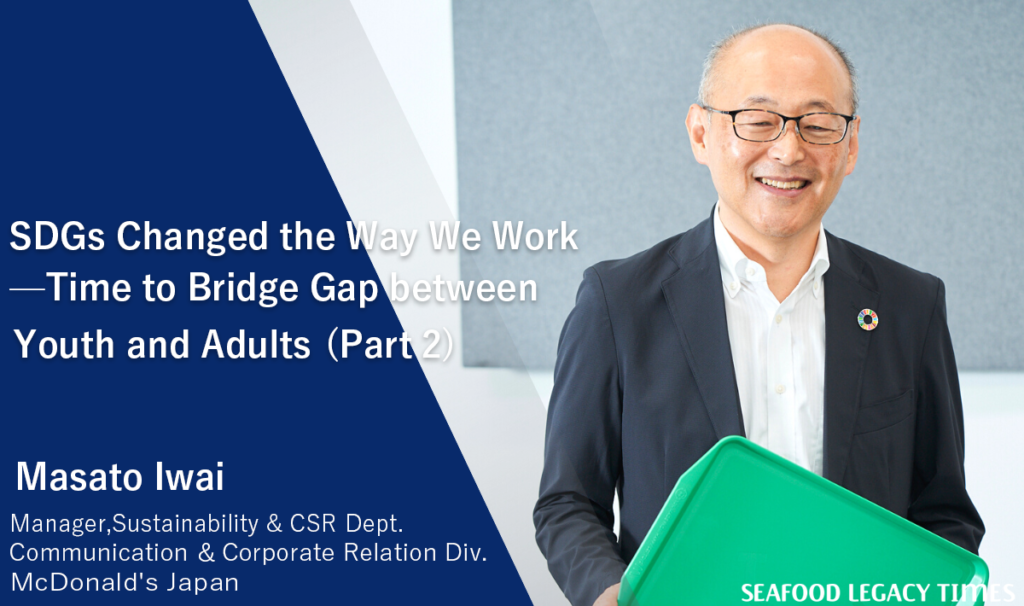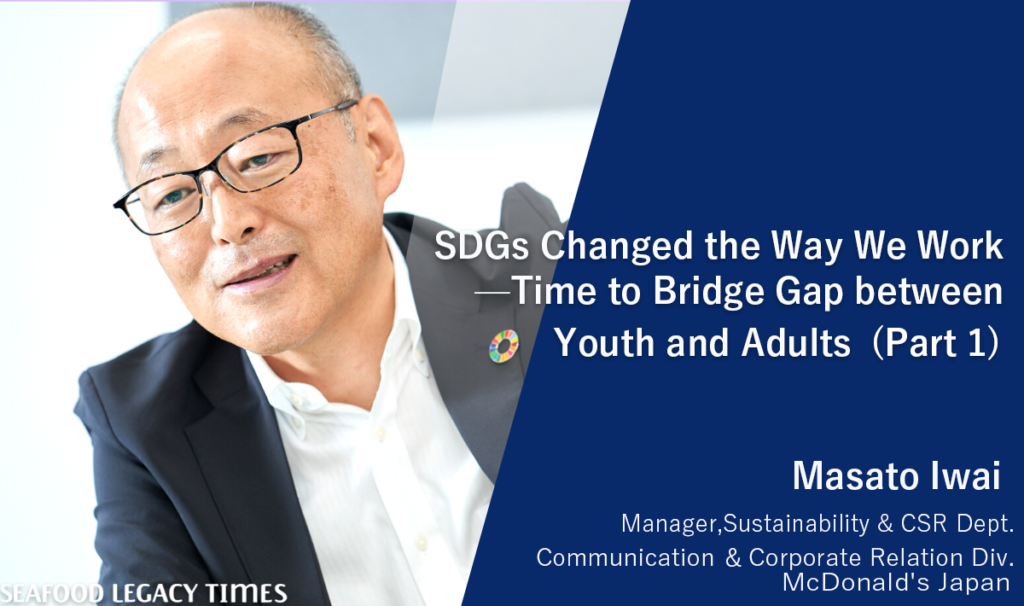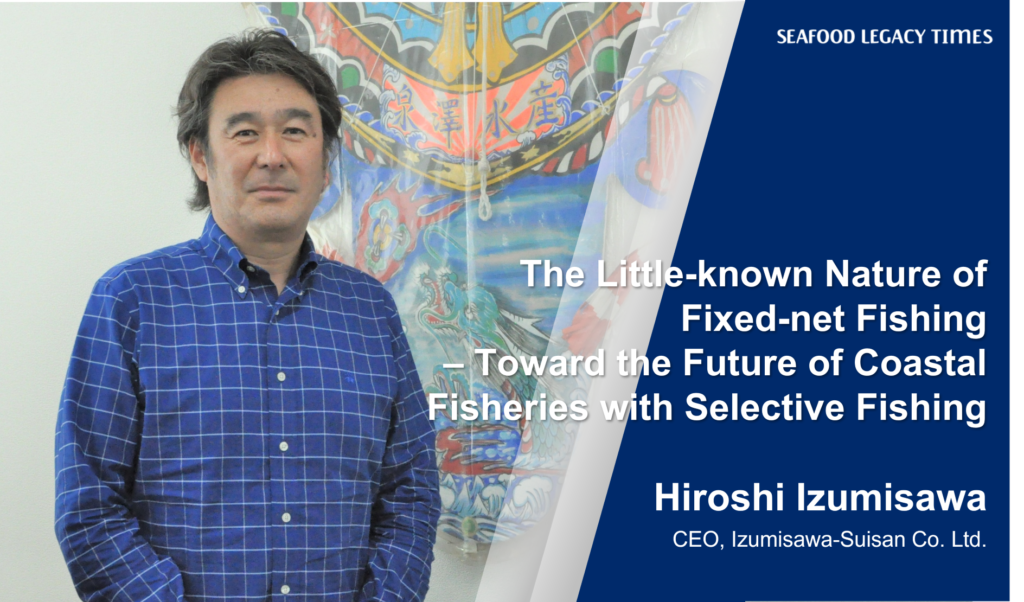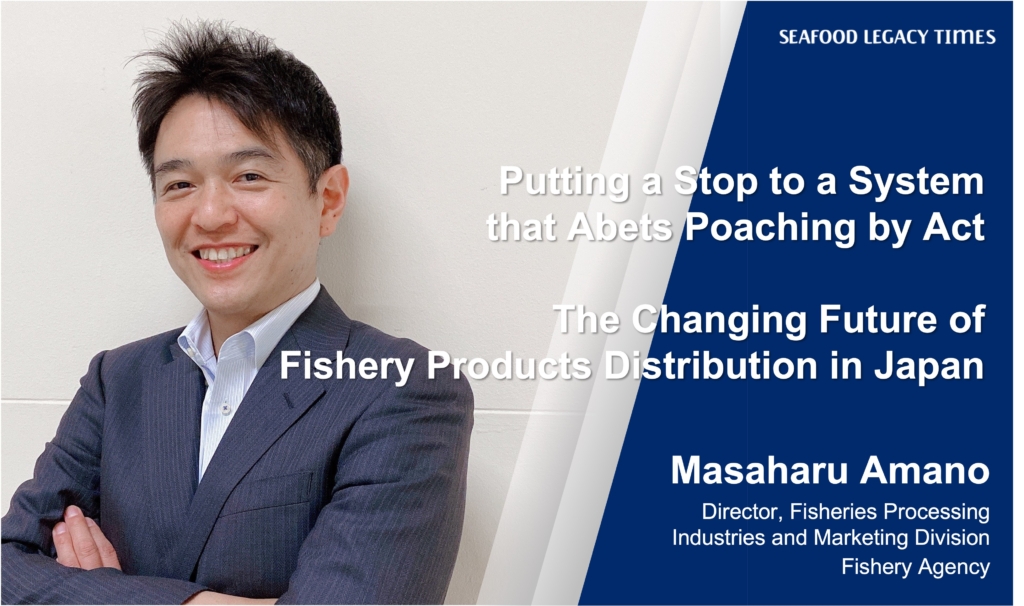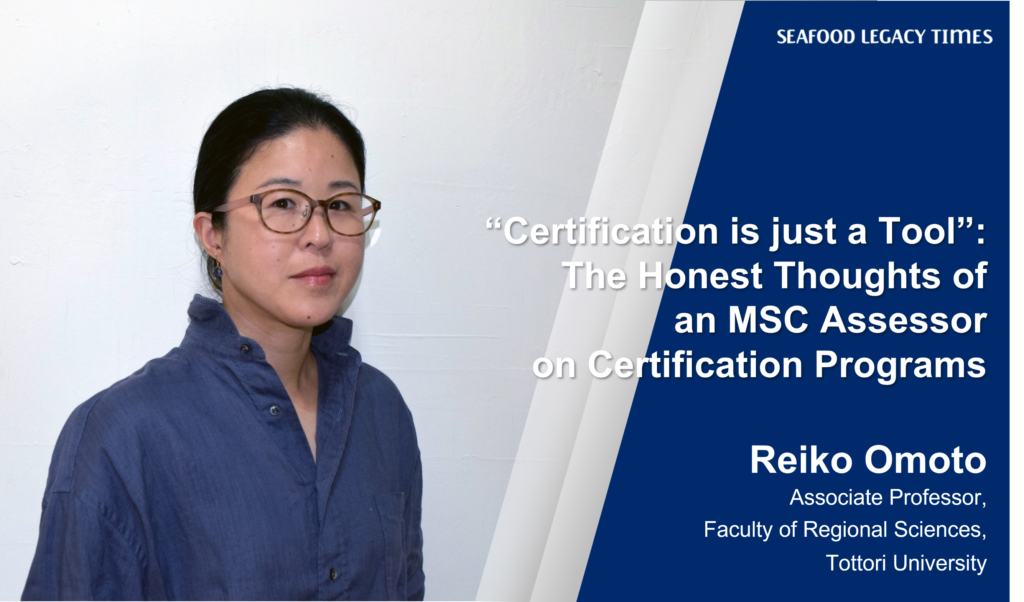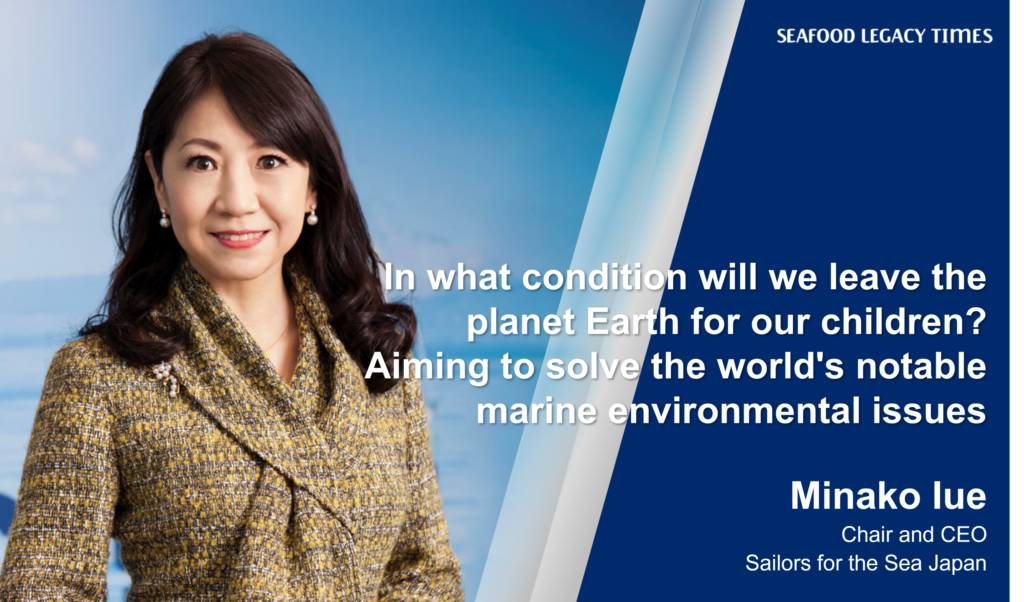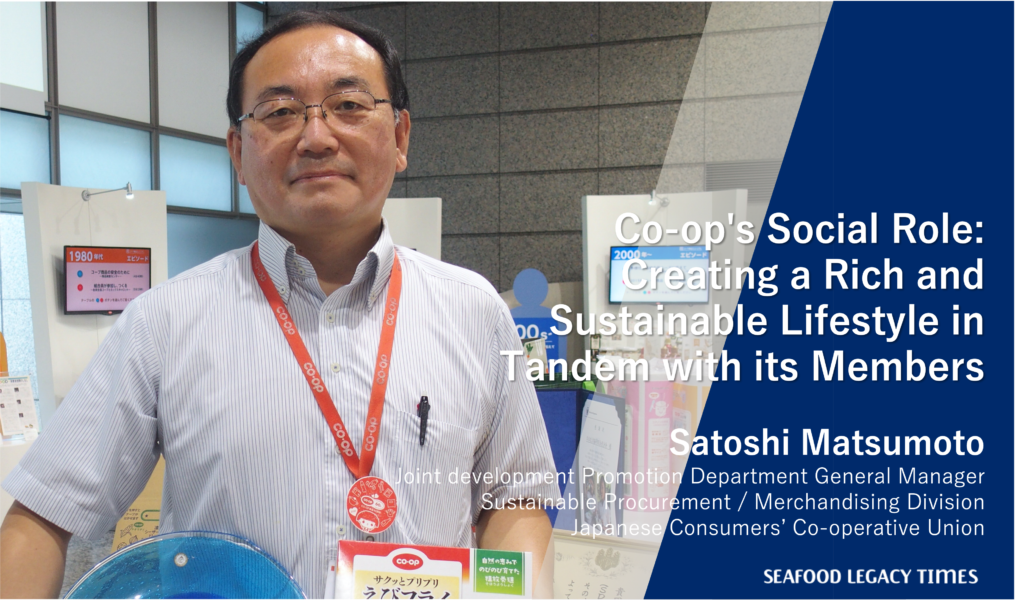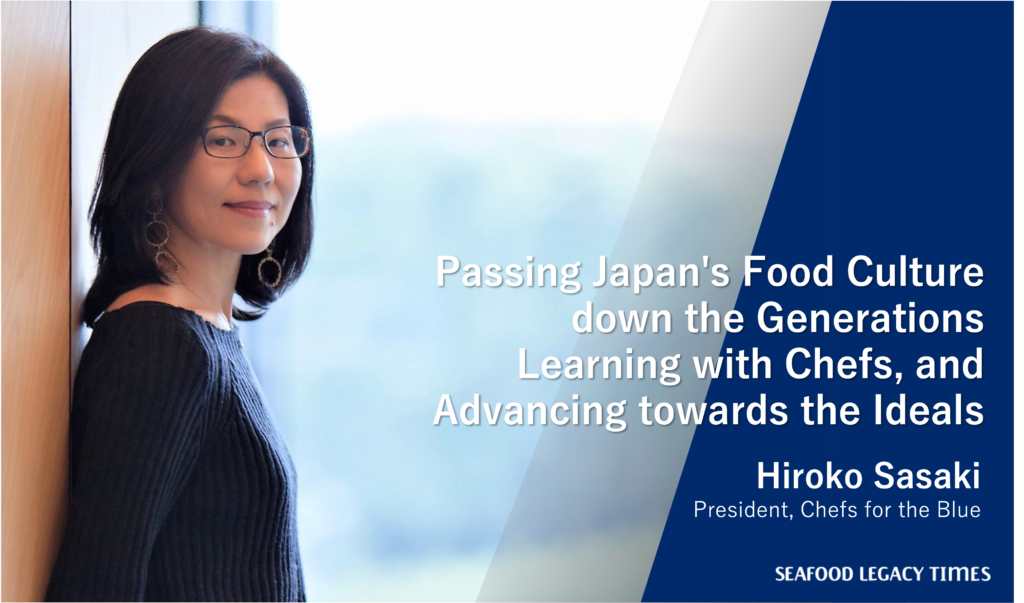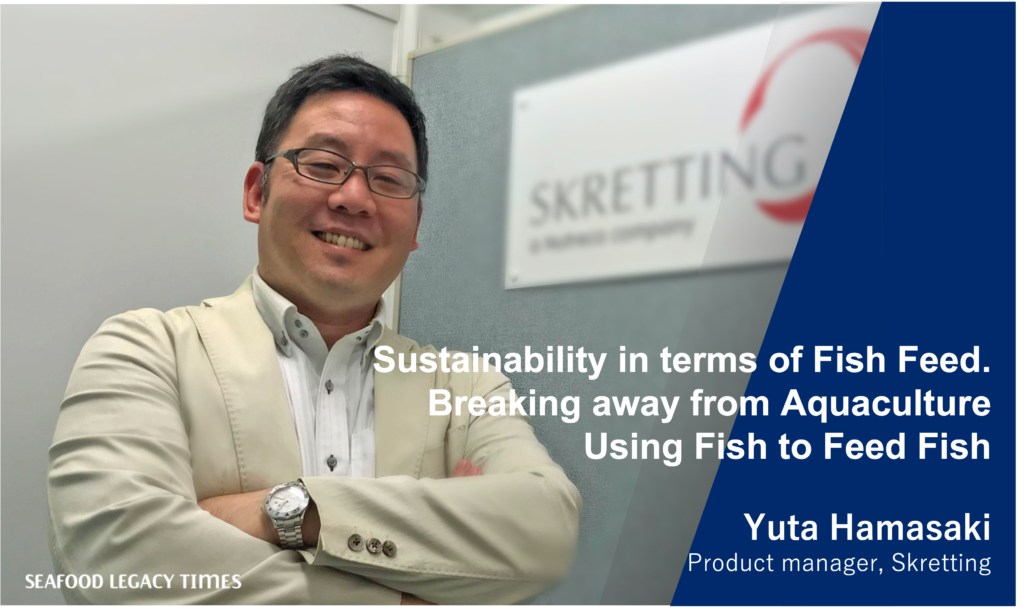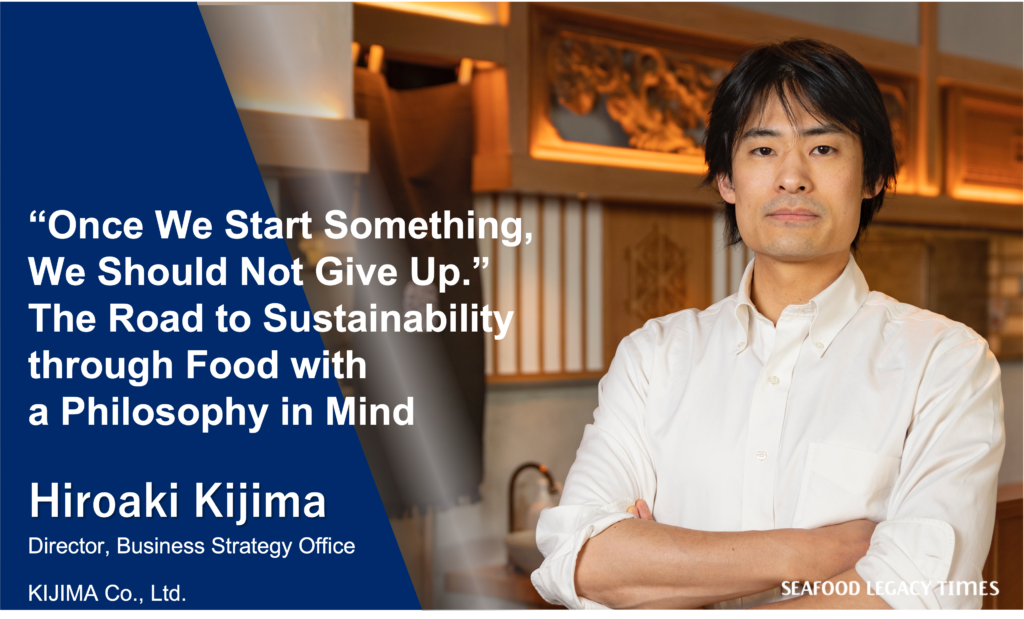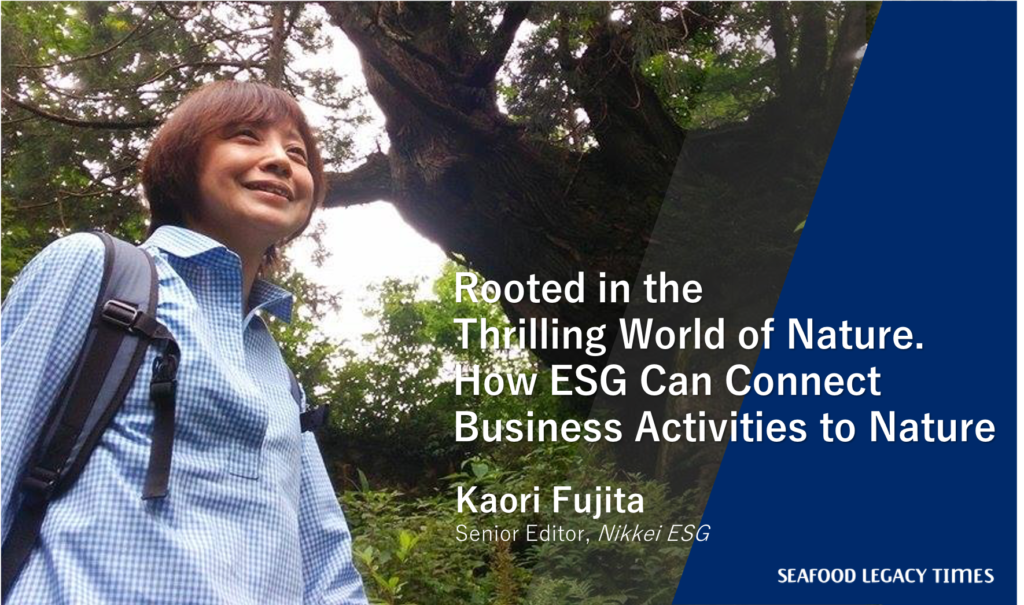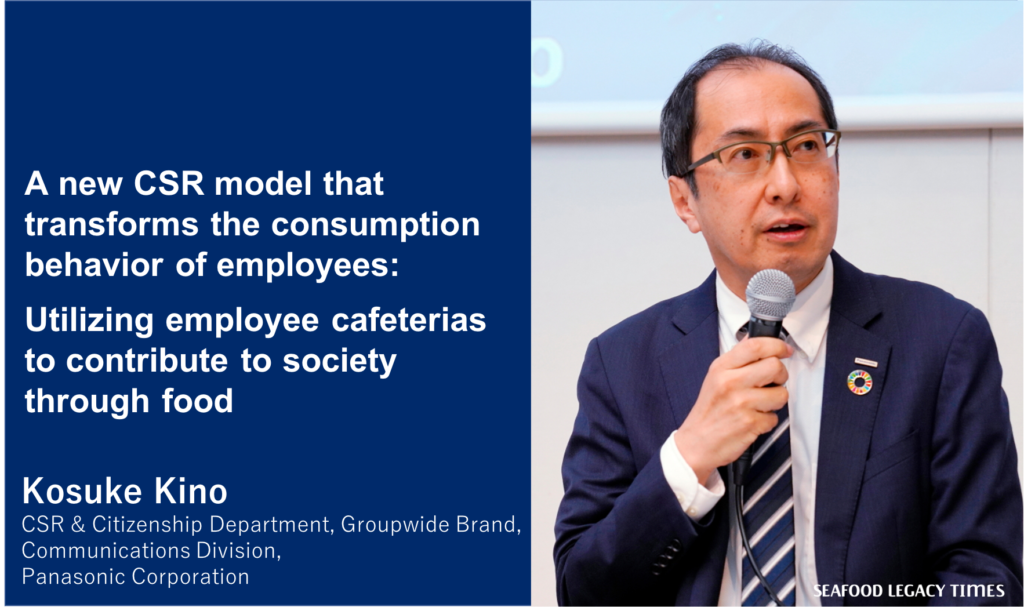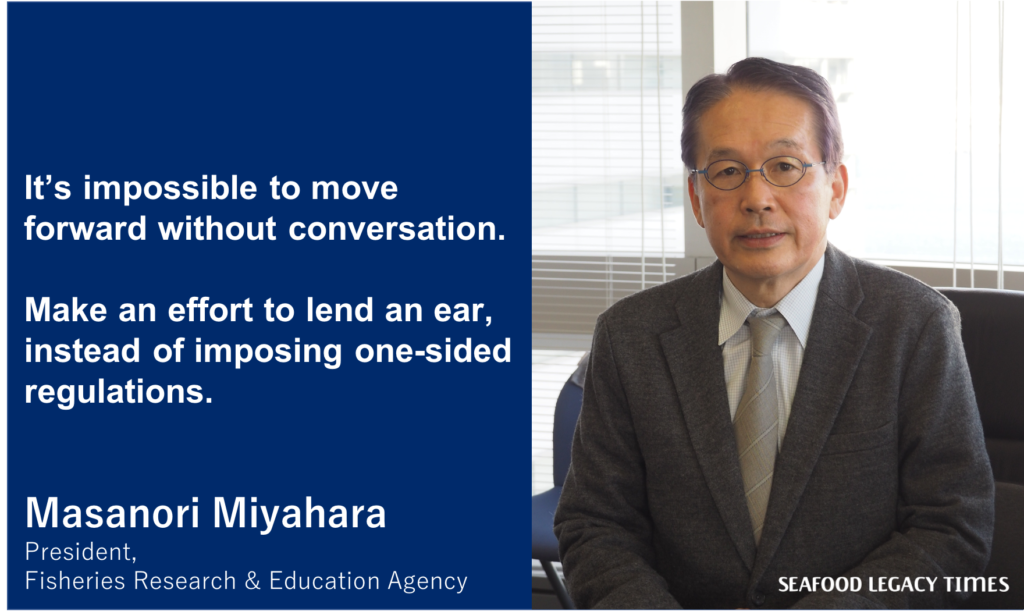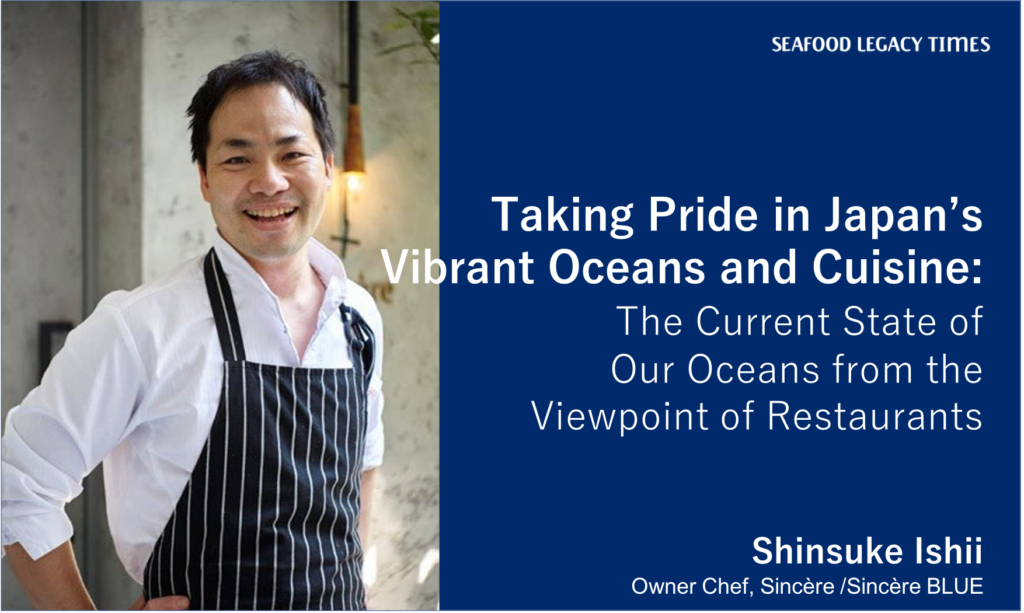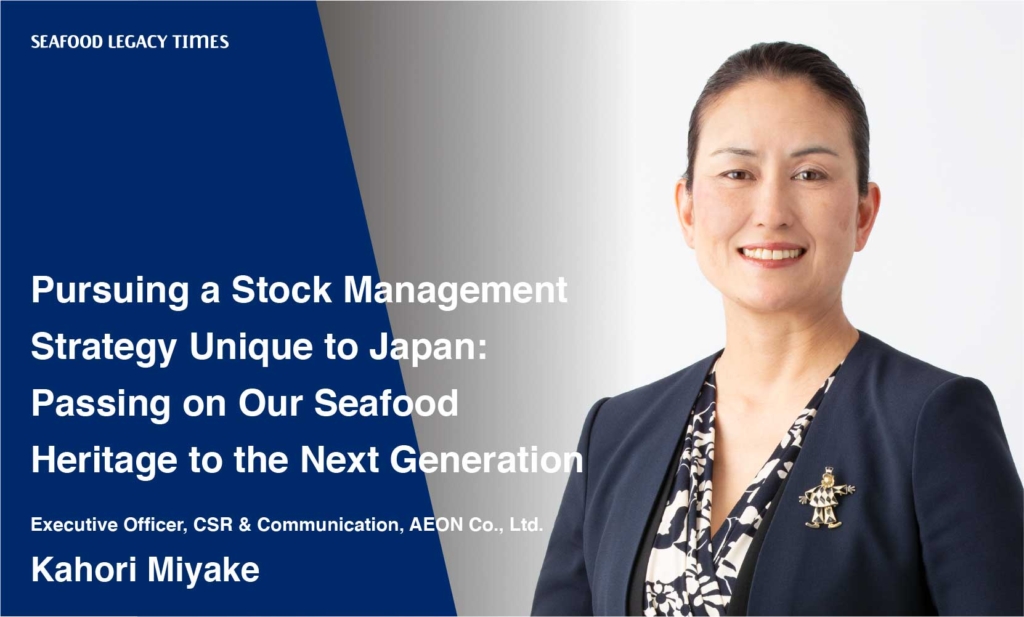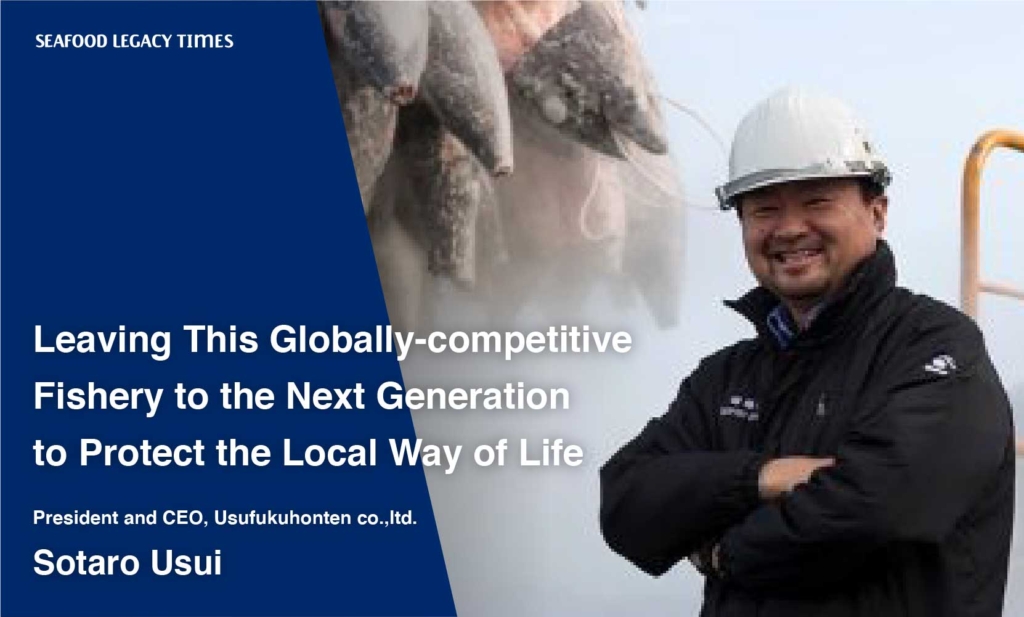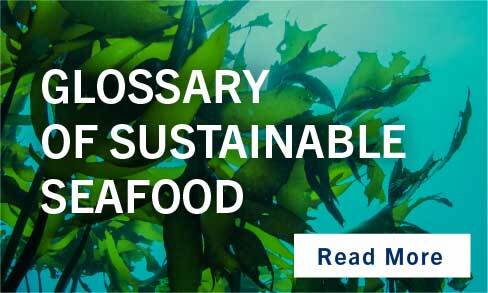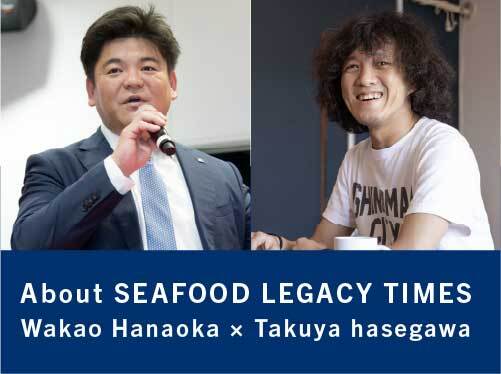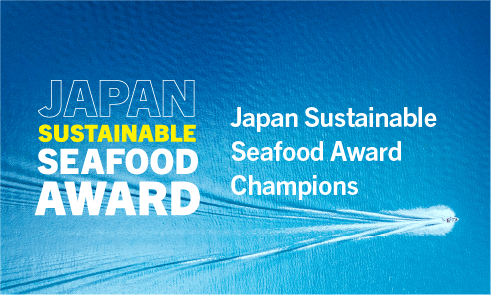
.2-1024x606.png)
The Seafood Business for Ocean Stewardship (SeaBOS) is an initiative that brings together scientists and 10 of the world’s top seafood companies to produce seafood more sustainably and improve the health of the oceans. Mr. Toshiya Yabuki has been involved with SeaBOS since shortly after launch, as the manager in charge of SeaBOS interactions at member company Nippon Suisan Kaisha, Ltd. (hereinafter, Nissui). In Part 1, he looked back on Nissui’s efforts to promote sustainability.(<<<Read Part 1)
Drawing on 17 years of work with Nissui including experience stationed at the company’s overseas aquaculture farms, in Part 2 Mr. Yabuki talks about the issues facing the seafood industry that he senses in work with SeaBOS and elsewhere on the front lines of international collaboration.
―― You’ve worked exclusively with Nissui ever since joining the company as a new graduate.
That’s right. I wanted to work overseas and so had a general trading company in mind. That was at the time of a so-called “ice age” for trading companies, however, so I gave up on that and changed course. As I was studying in the seafood department, I thought about seafood companies.
―― Why were you in that line of study?
I liked biology, so I went into the Faculty of Agriculture. There were a lot of options within that, but it overlapped with the points I had (laughs). Of course, I also like fish and fishing.
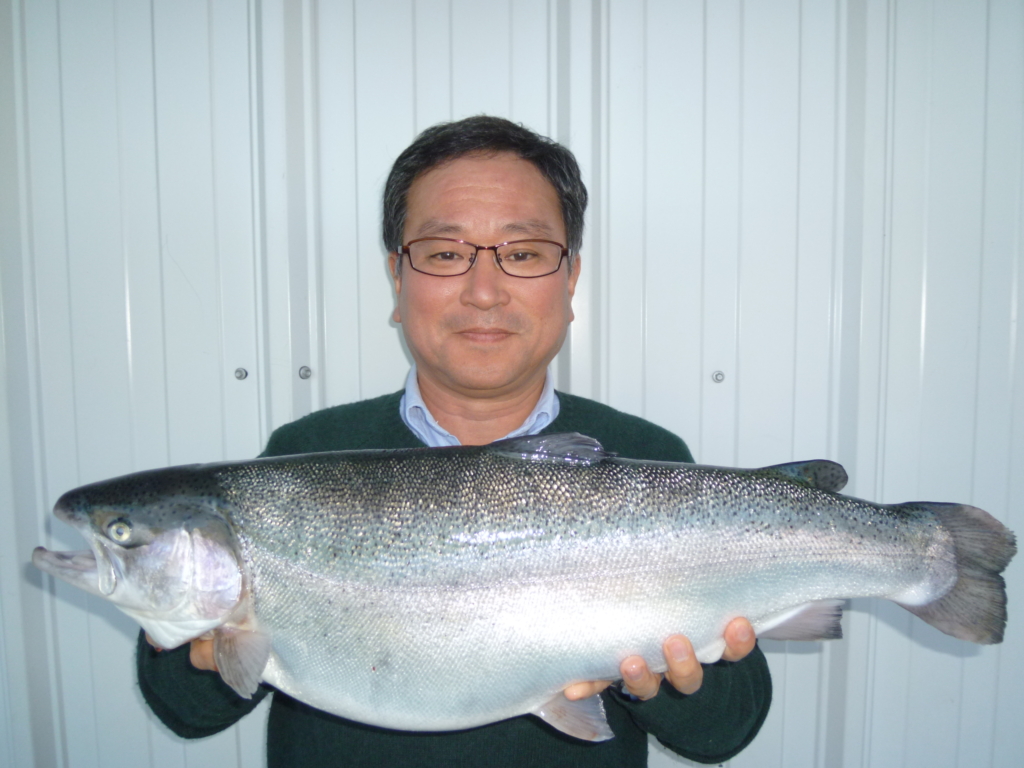
―― So you had an interest in living things in general.
Yes, I love them. That’s why, in Chile, I had a big White Shepherd. I’ve kept horses, too
―― Horses? Really? So, at Nissui you were able to fulfill your wish to work overseas.
There are a lot of different jobs at Nissui, so going overseas is not a given. But when we made requests once a year, I wrote “overseas” every time, and, I think five or six years after I joined, I was sent to Maine in the U.S.
I originally wanted to work overseas and did so for about 17 years in total, but it was always in isolated areas. In Indonesia, for example, I was on Seram Island, which is close to Papua New Guinea.
I would hear from others that it must have been so hard, but I was able to work abroad, which I love doing, so I don’t recall it as being so tough. Even overseas, in big cities there are a lot of Japanese people who hang out together. The more remote the location, though, where there’s no choice but to get along with the locals, the closer the communication becomes. I think I was able to have a rewarding life overseas.
―― Your longest stint at an overseas aquaculture farm was in Chile, wasn’t it.
I was stationed at Nissui’s subsidiary Salmones Antártica three times, totaling 13 years. The aquaculture farm is in the south, and because it’s the Southern Hemisphere, the further south you go, the colder it gets. I was stationed in Puerto Aysén in the 11th region and Chiloé Island in the 10th region of Chile.
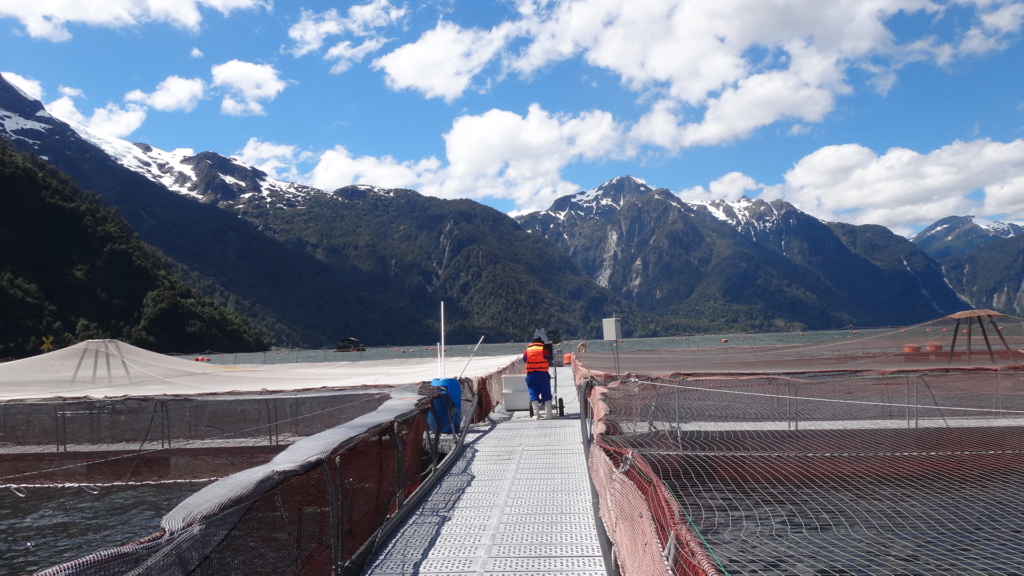
―― Did your family go with you?
My family went with me on my second posting. This was in Puerto Aysén, a rural area with nearly nobody from Japan. My children became fluent in Spanish after four years in a local school, but their Japanese became questionable. So for the remaining two years, my family moved to the capital city of Santiago, which has a Japanese school. I worked apart from my family in Chile.
―― So your family also had some struggles.
Luckily, everyone in my family enjoyed it, so that was good. My daughter liked Spanish, which she learned in Chile. Back in Japan she continued studying Spanish and entered the Spanish language department at university.
―― Were there already some sustainability initiatives in place overseas?
No, at least not that I was aware of while stationed there. In Chile, we farmed coho salmon and trout, and Atlantic salmon before that. About two-thirds of the production went to Japan, with the rest exported to other countries. When customers in Europe and the U.S. made requests regarding sustainability, we naturally responded to those.
However, I feel that there weren’t many sustainability initiatives at the time like those that are demanded now.
Still, I thought that the initiatives by the Chilean government on behalf of the aquaculture environment were several steps ahead of Japan’s. As an example, there were measures in place to prevent the transmission of fish diseases and parasites by setting periods during which aquaculture companies in an area had to refrain from farming fish.
―― How does your experience in Chile live on today?
In 1990, when I received my first appointment, Nissui had acquired Salmones Antártica a year or two before, and annual production was less than 1,000 tons. It’s now about 30,000 tons. The salmon farming industry for Chile as a whole has also grown from a very small size to production of over 800,000 tons today.
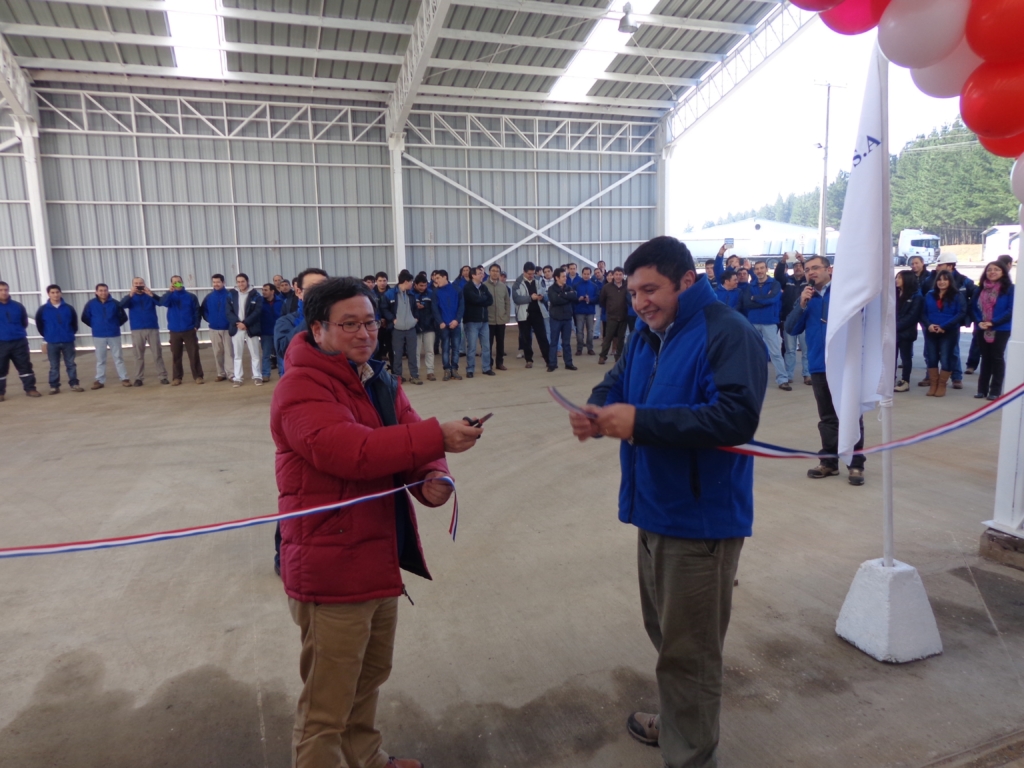
The opportunity to watch the growth of salmon farming in Chile from its early days onward means a lot to me. My job now isn’t related to salmon farming, but I feel that my accumulated experience from the business lives on in other areas.
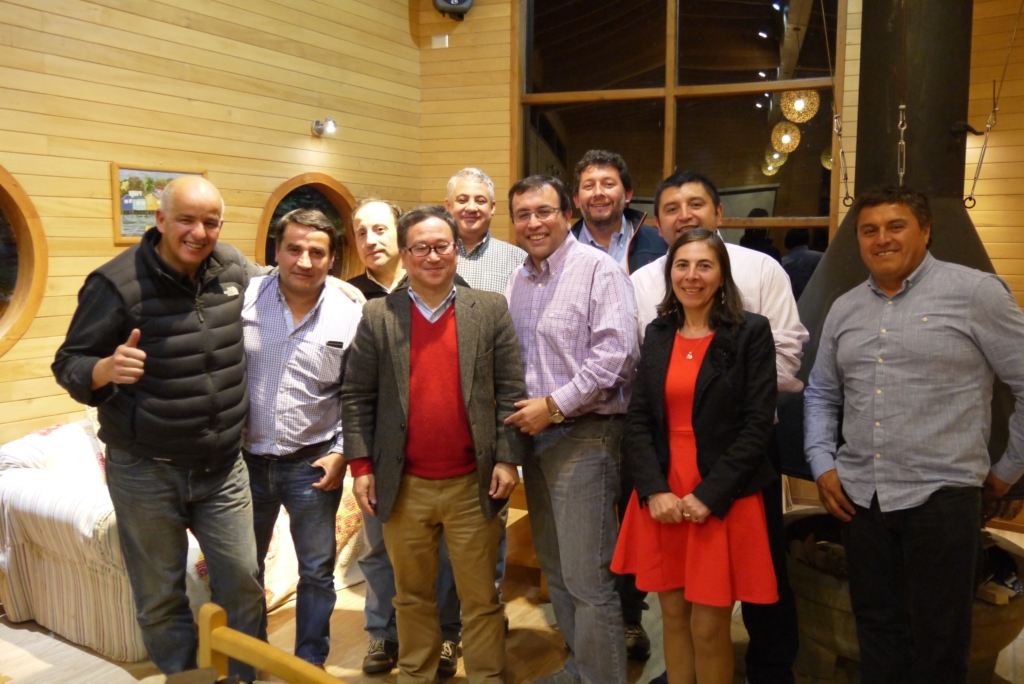
―― How does SeaBOS hold meetings?
The annual plenary meeting is held in the fall, with CEOs attending. It was held online for the past two years due to the COVID-19 pandemic. This year, it’s currently planned for the Netherlands in October. A working-level preparatory meeting was held in Stockholm in May.
Following that, each of the six task forces will hold webinars and web meetings to prepare for the October plenary session.
―― What do you feel has been the toughest part of your five or six years doing this?
The 10 SeaBOS member companies are all seafood-related companies, but they differ greatly in their industry type, business activities, and business category. For example, Cargill and Skretting are aquaculture feed producers, while Mowi and Cermaq are salmon farming companies. The three companies from Japan are comprehensive seafood companies. For that reason, when SeaBOS sets out a single goal, the degree of enthusiasm and degree of difficulty differ a lot by company.
The Secretariat wants to quickly set some sort of numerical targets, particularly those that have a time frame. But if some member companies are able to achieve those within a year, others might take five years. I think it’s hard for all 10 companies to agree on some nice-sounding target, and difficult to discuss and coordinate on different things.
Also, when setting joint commitments and goals, differences in corporate culture and mentality come out. A lot of companies in Europe and the U.S. set commitments that incorporate hopes. If they can’t achieve those, they say, “well, we couldn’t do it; here’s why,” and move on. However, Japanese companies don’t readily make commitments unless they are confident in achieving them 100%. At first people didn’t readily understand that culture of Japanese companies, so I explained things a lot. Lately, though, the people in the Secretariat seem more understanding than before (laughs).
―― There’s considerable significance in collaboration among global companies that are “keystone actors”.
I think it’s important that achievements spread out not only within SeaBOS but throughout the seafood industry. It’s not enough for SeaBOS alone to benefit. If seafood companies outside of SeaBOS also follow along with or imitate what SeaBOS has achieved and is trying to do, I believe the philosophy behind the movement will continue to connect throughout the industry. With that in mind, too, a new Communication Task Force has been launched and discussions are underway on strengthening communication with people outside SeaBOS.
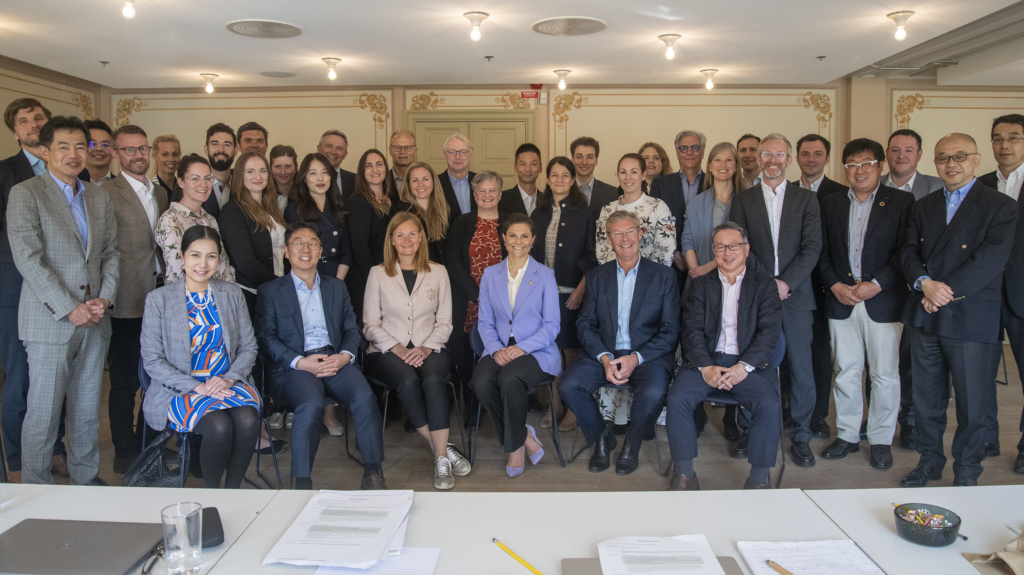
―― Are some specific methods of communication being considered?
The current SeaBOS website is nearly all in English, so we’re working to translate the important parts into Japanese, Thai, Korean, Spanish, and other languages to communicate SeaBOS to outsiders.
We’re also making efforts to participate in seafood-related international conferences. SeaBOS is gaining recognition, so I think we’re receiving more approaches from outside, such as requests to take part in panel discussions.
―― As you draw on your overseas work experience to promote the sustainability of seafood with a focus on SeaBOS, what issues do you see facing the seafood industry?
Global warming and many other environmental changes are taking place, leading to abnormal conditions such as the inability to catch Pacific saury or squid at all, or yellowtail getting caught in fixed nets in Hokkaido. This makes me apprehensive that changes are progressing for the worse, more than we imagine.
Scientists explained the 1.5 degree standard and the 2.0 degree standard to the SeaBOS climate change task force and said that if we don’t enact certain measures now, we’ll be in trouble. Looking at the recent state of fishery in Japanese coastal waters, I really feel a sense of crisis. I think that people in the seafood industry and other stakeholders have to first think about things seriously and take actions aimed at improvement.
Therefore, I think that Nissui has to take action in all seriousness, whether in activities with SeaBOS or surveying the state of seafood.
Regarding our survey, following its release, similar efforts have been spreading within the industry. I am very pleased to see that this fishery resources survey that we began is now spreading to other seafood companies.
I feel strongly that we have to involve others around us, and not act alone, in order to make fishery resources sustainable.
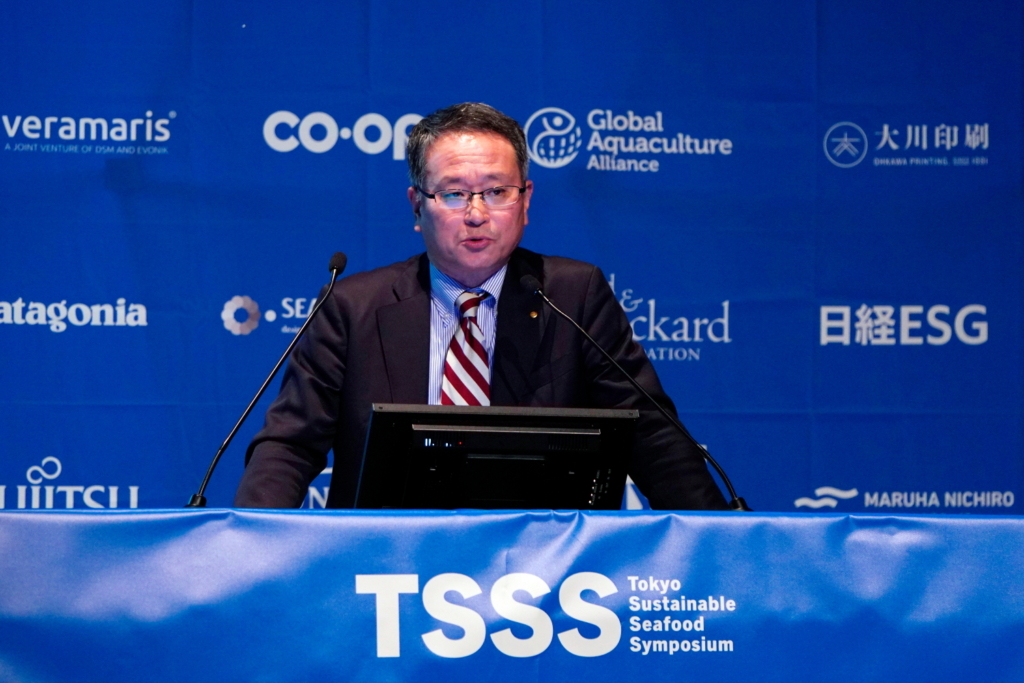
―― Do you have ideas for getting people involved?
It starts upstream. From our standpoint, it’s about reaching out to suppliers. Downstream, it’s about reaching out to customers. There may also be approaches coming from customers.
―― What do you personally hope to tackle in the future?
I want to properly perform the work I’m given. Right now, I’m steadily working on SeaBOS activities.
Of the world’s seafood producers, Japan is one of the largest consumers of seafood, right? Because we use so much seafood, as a Japanese I think we have to responsibly consider how sustainably we can produce fishery resources.
Toshiya Yabuki
Toshiya Yabuki was born in Japan’s Tochigi Prefecture. He graduated from the Department of Fisheries Science, Faculty of Agriculture at The University of Tokyo in 1984 and joined Nippon Suisan Kaisha, Ltd. His work since then has primarily involved aquaculture-related business in Japan and overseas. He also gained experience at overseas aquaculture sites in Chile, Indonesia, the United States, and more. He spent a total of 13 years at Chilean salmon and trout farming company and Nissui subsidiary Salmones Antártica S.A., including a term as its CEO from 2012 to 2016. He returned to Japan in 2016. Since 2019, he has worked as the Deputy General Manager of Nissui’s CSR Department (renamed to the Sustainability Department in March 2022), where he is in charge of seafood sustainability in conjunction with international networks including SeaBOS, WBA, and FAIRR.
Original Japanese text by: Chiho Iuchi




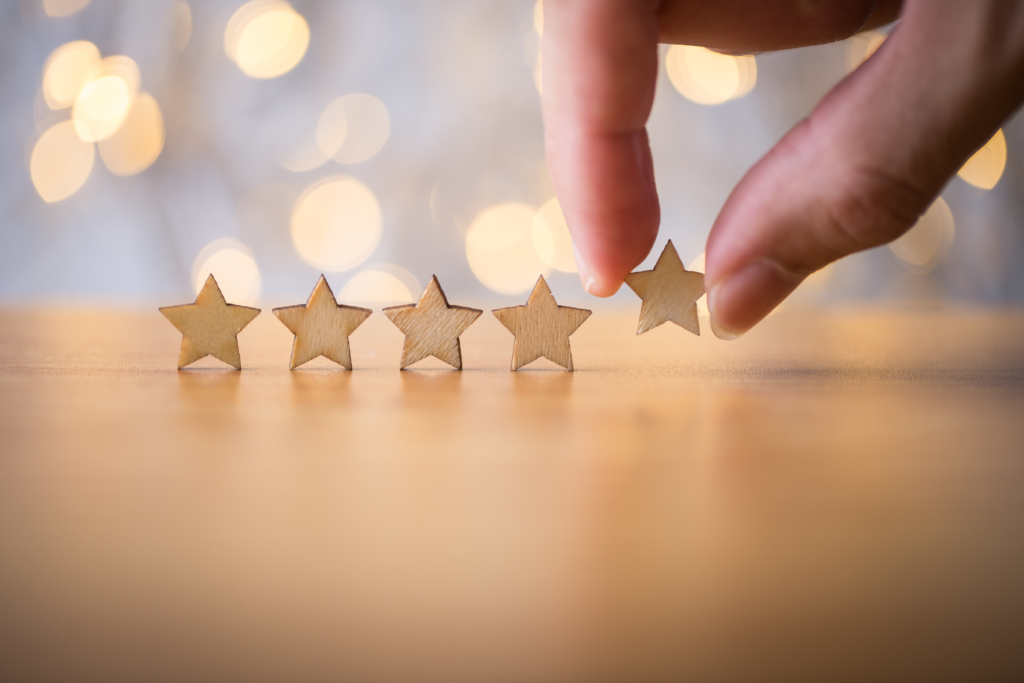




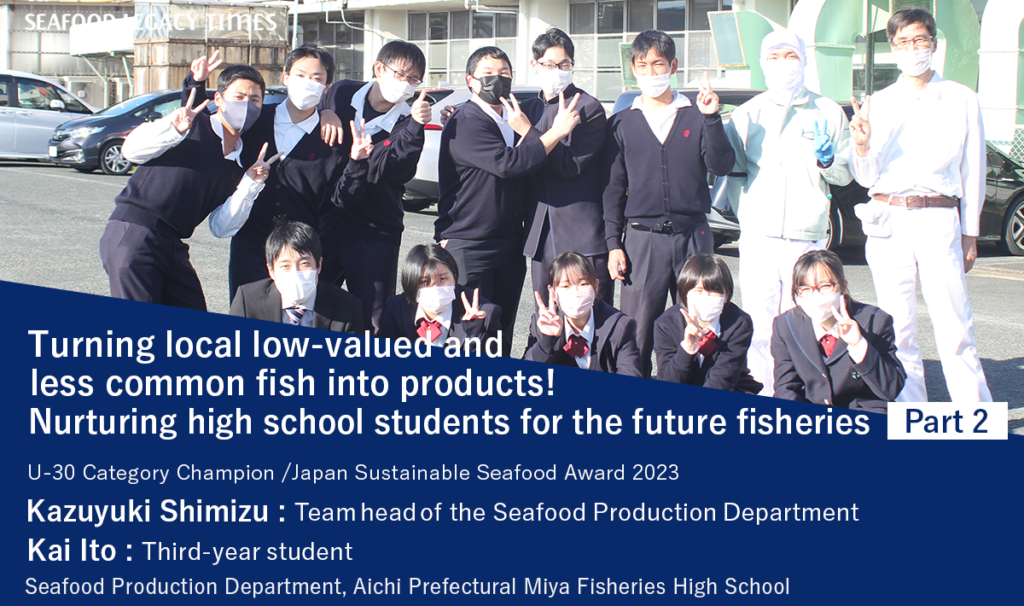
-1024x606.png)


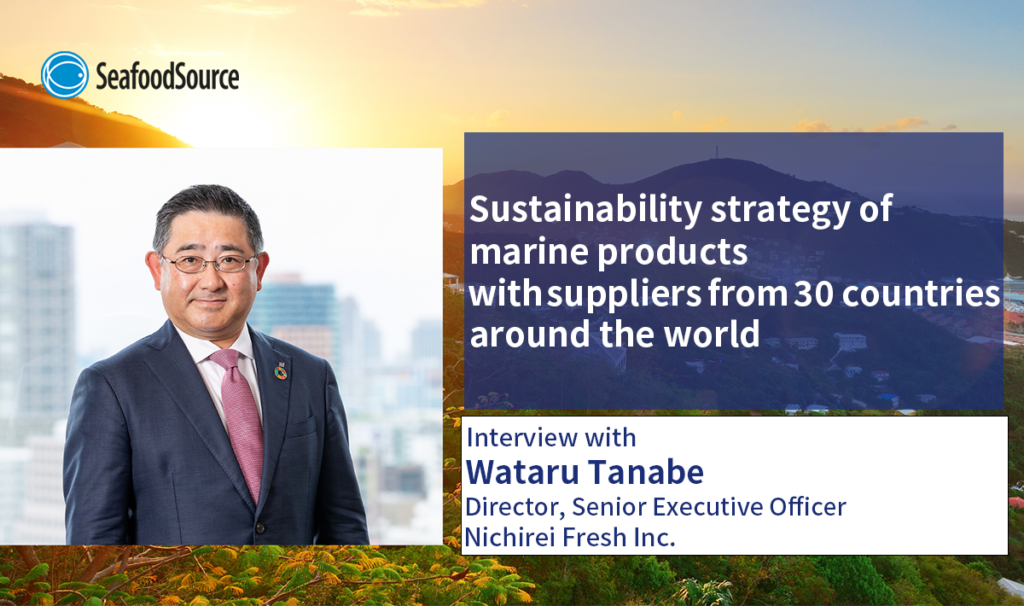
_-1024x606.png)

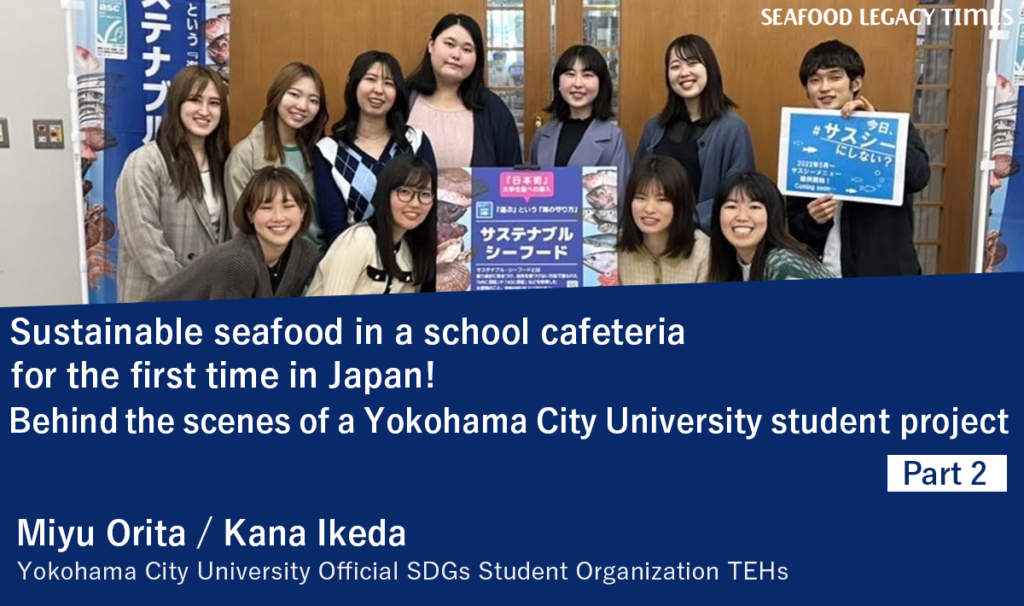
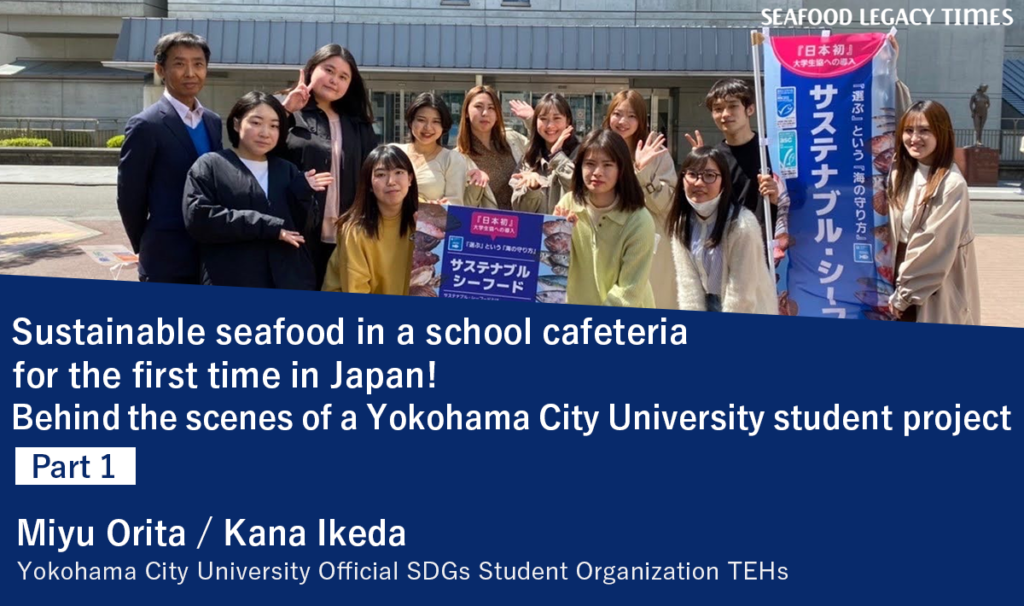
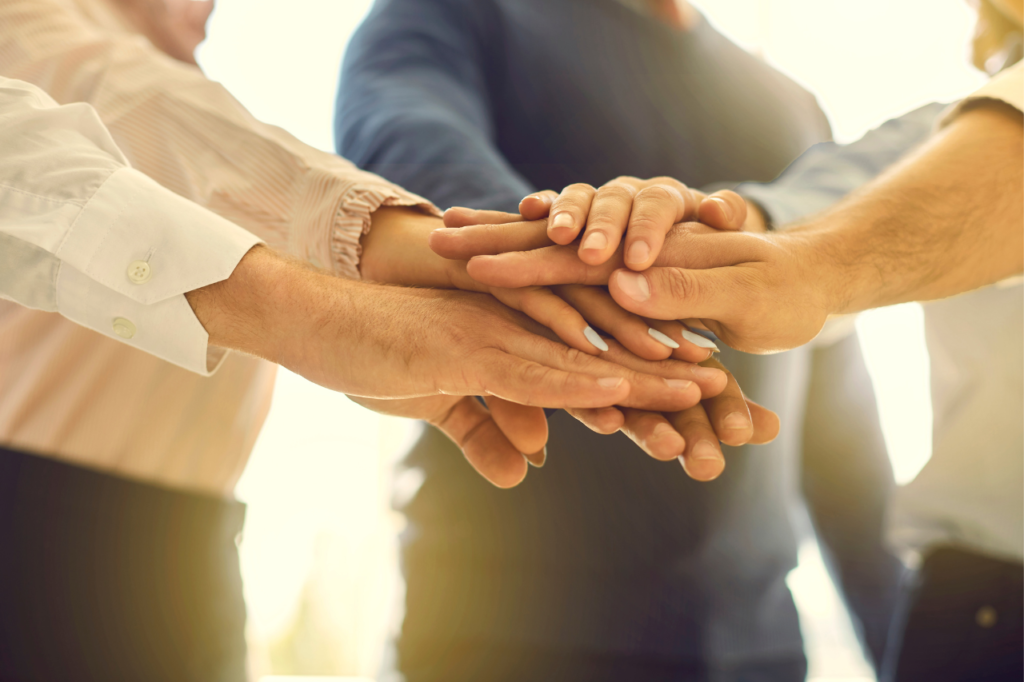


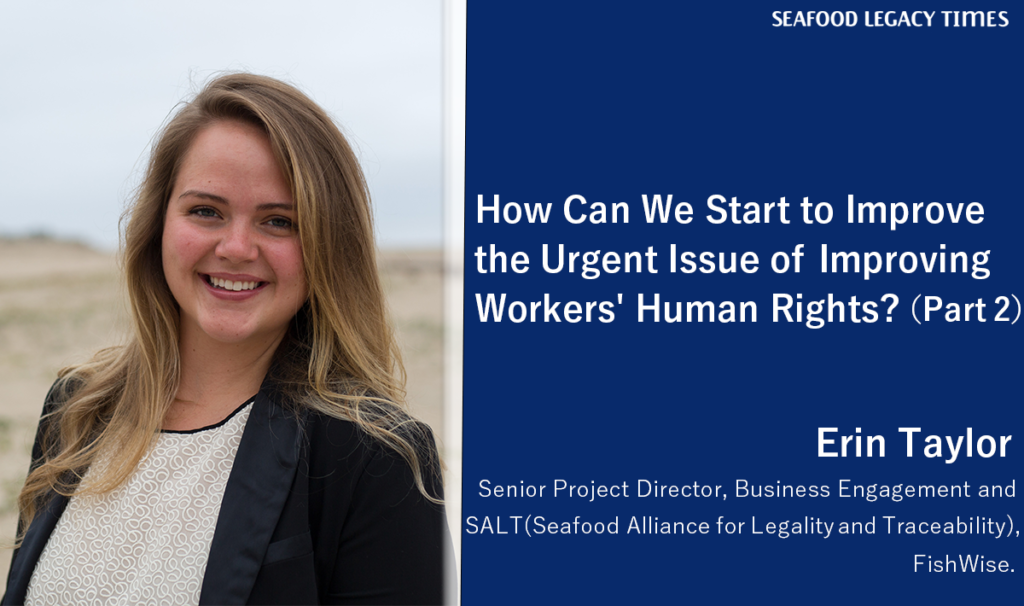
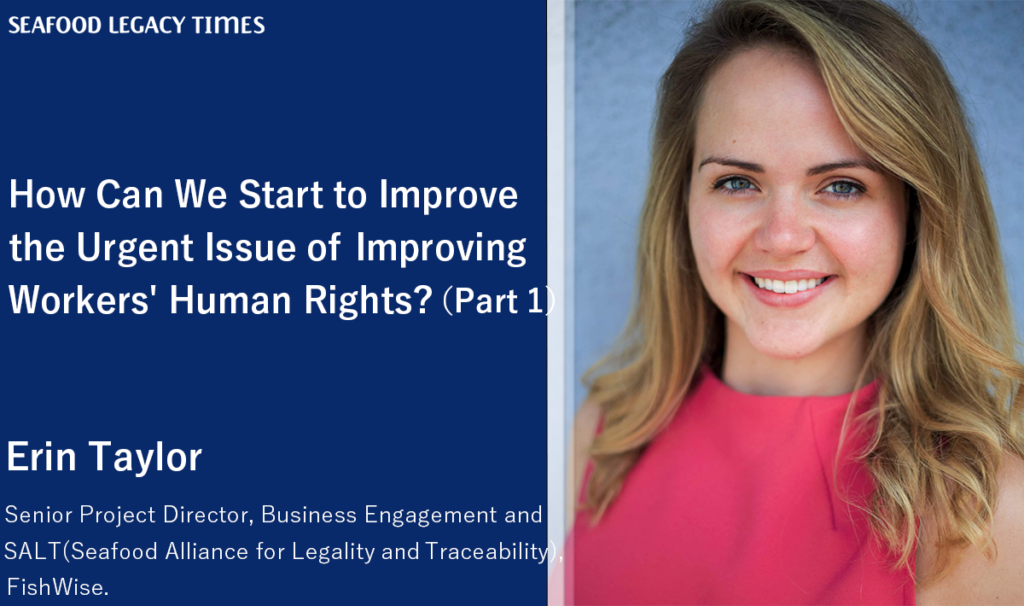
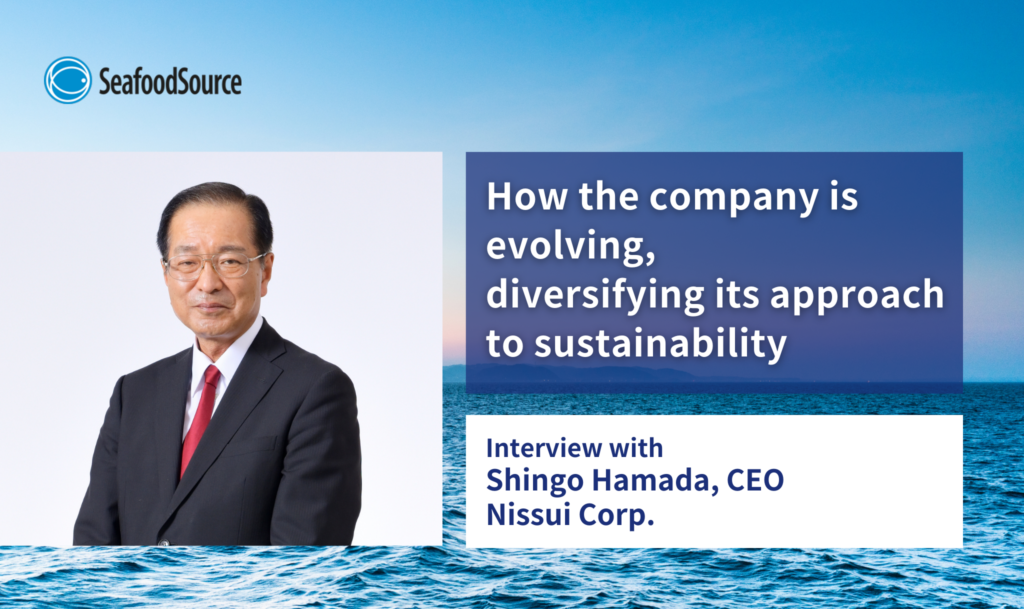




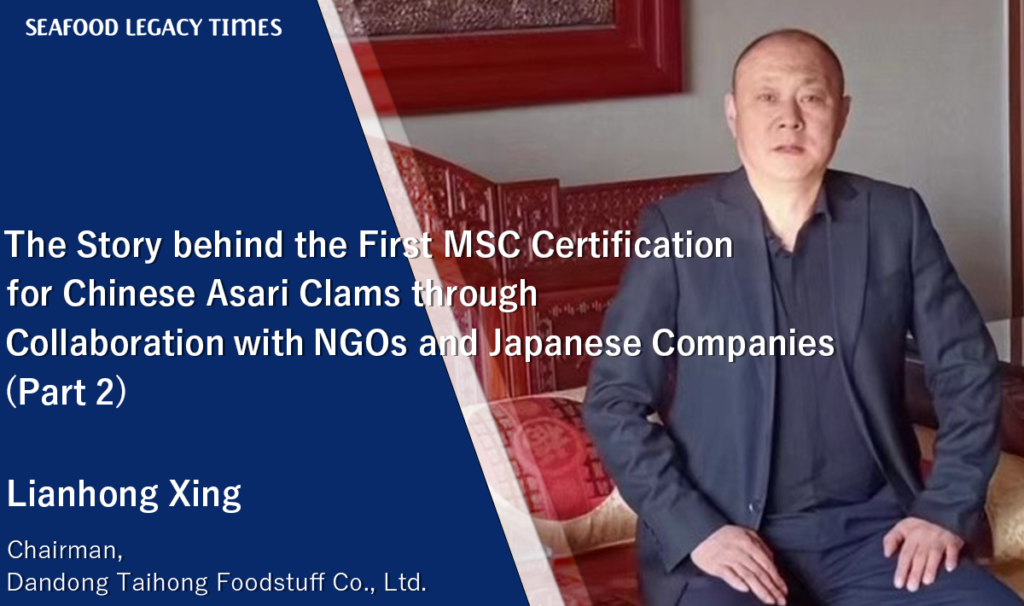
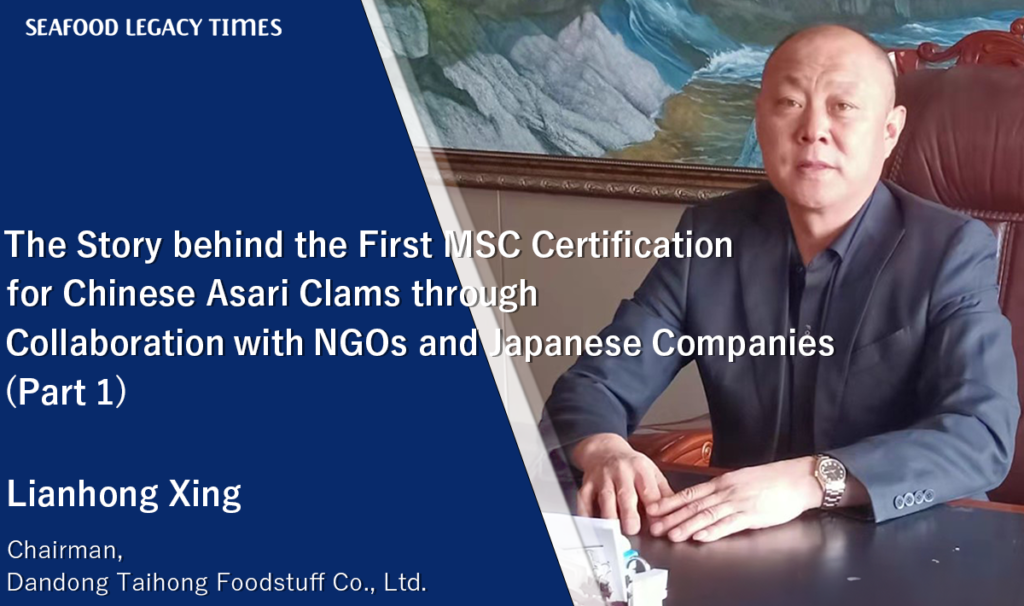

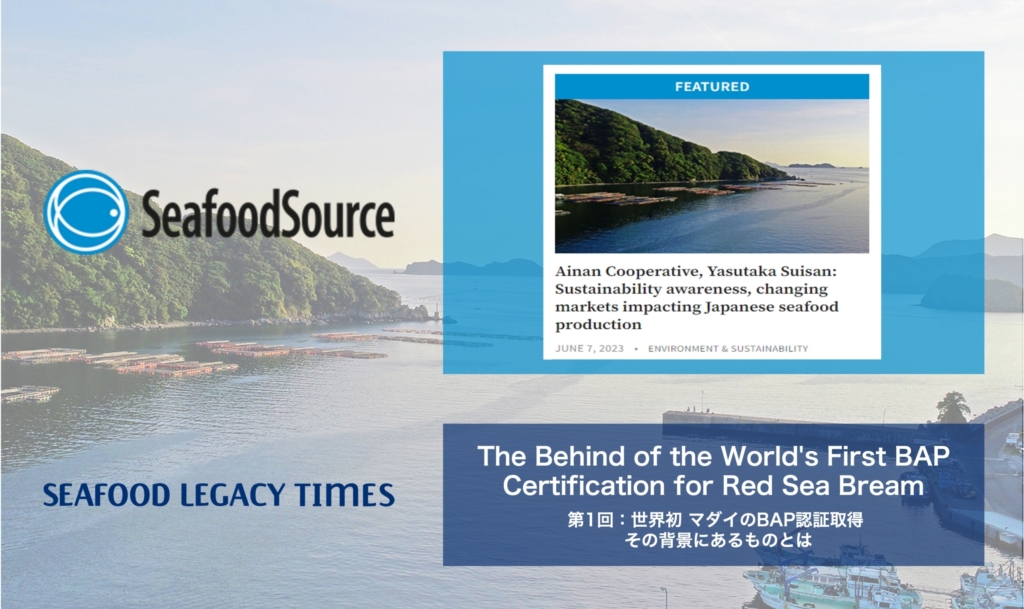

1_修正524-1024x606.png)


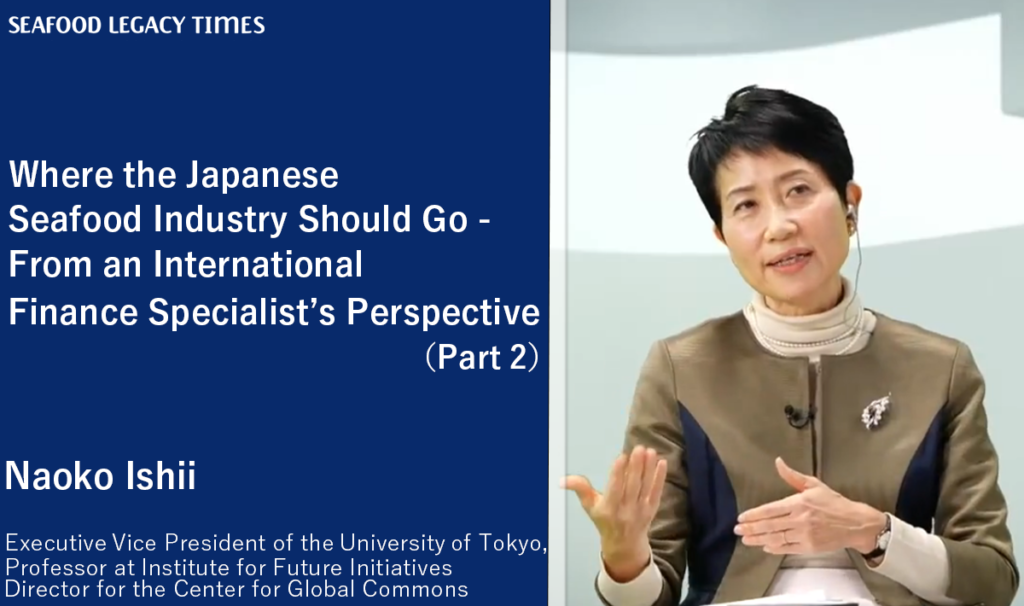







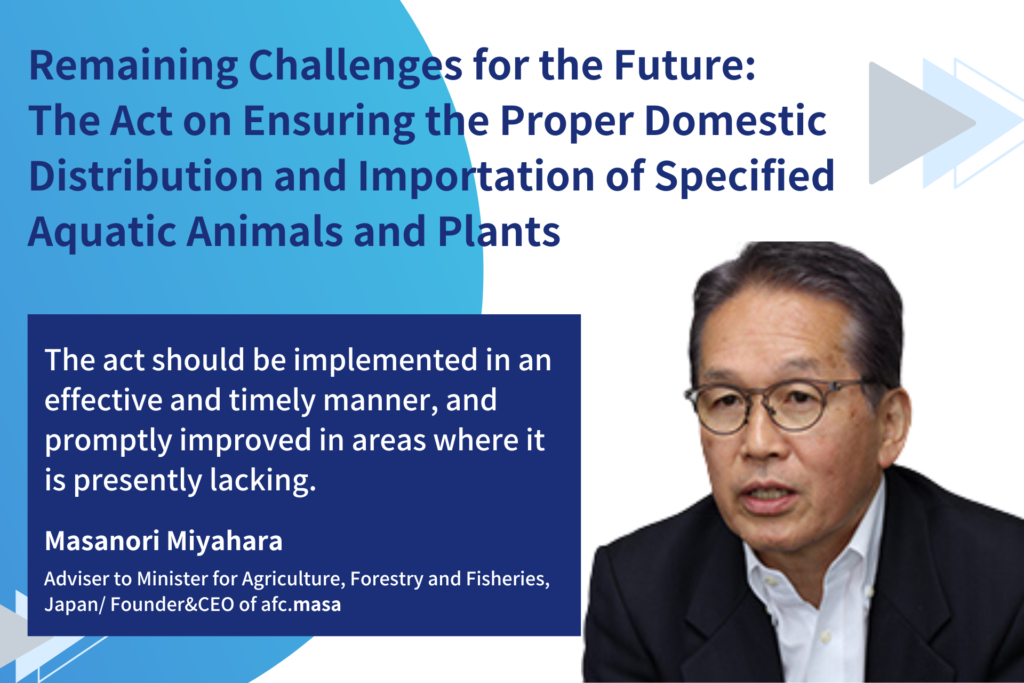
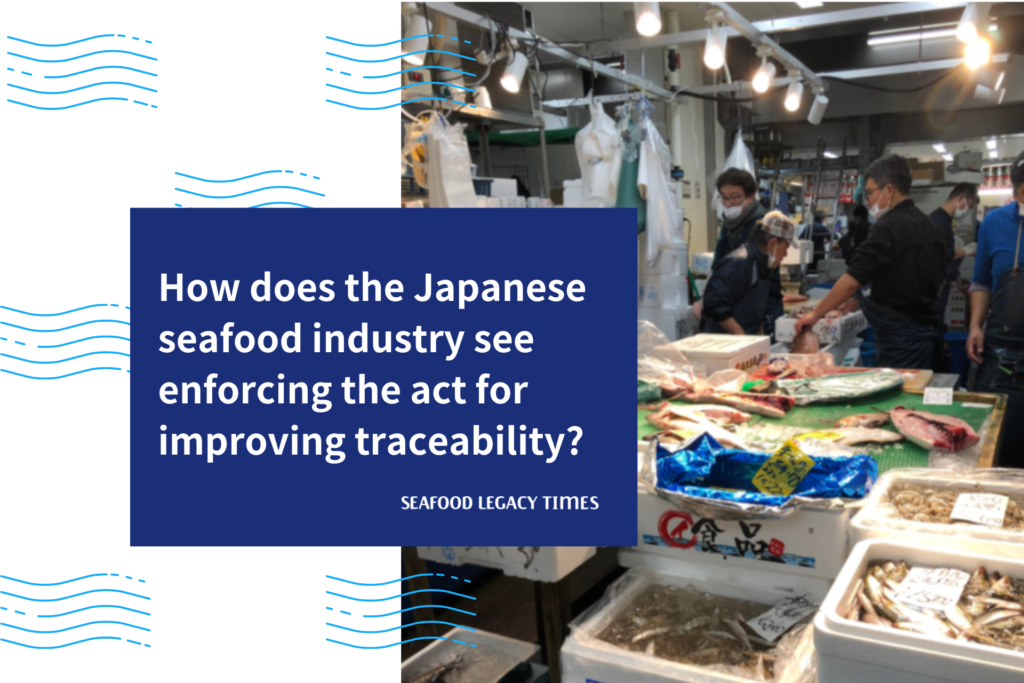



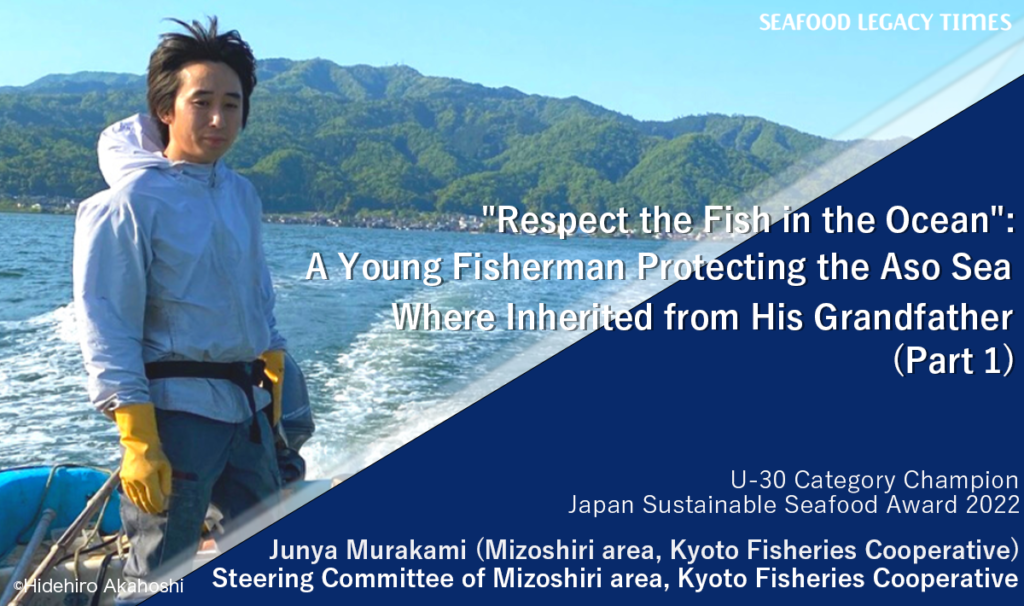
.2-1024x606.png)
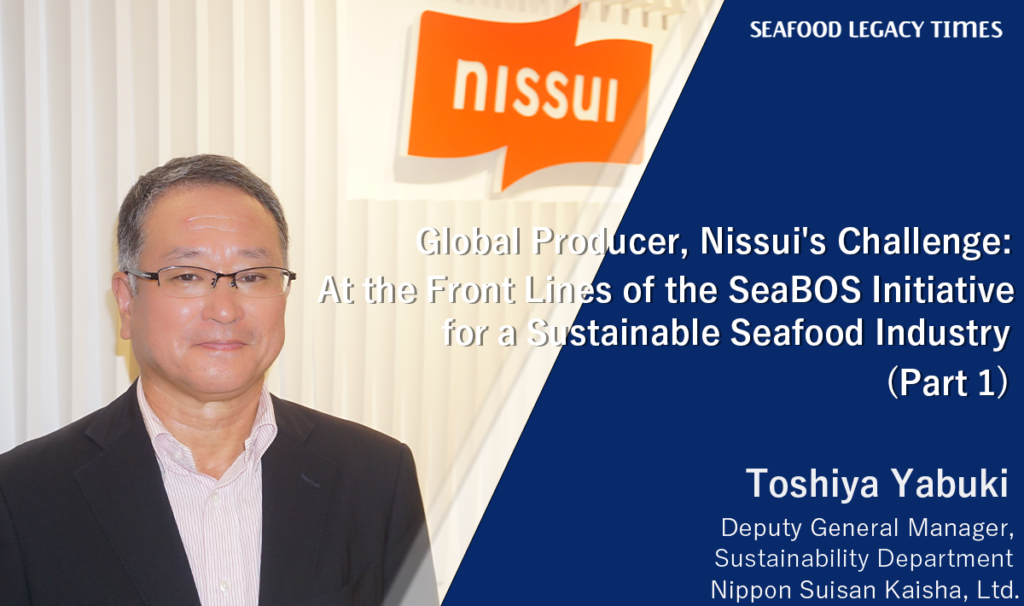
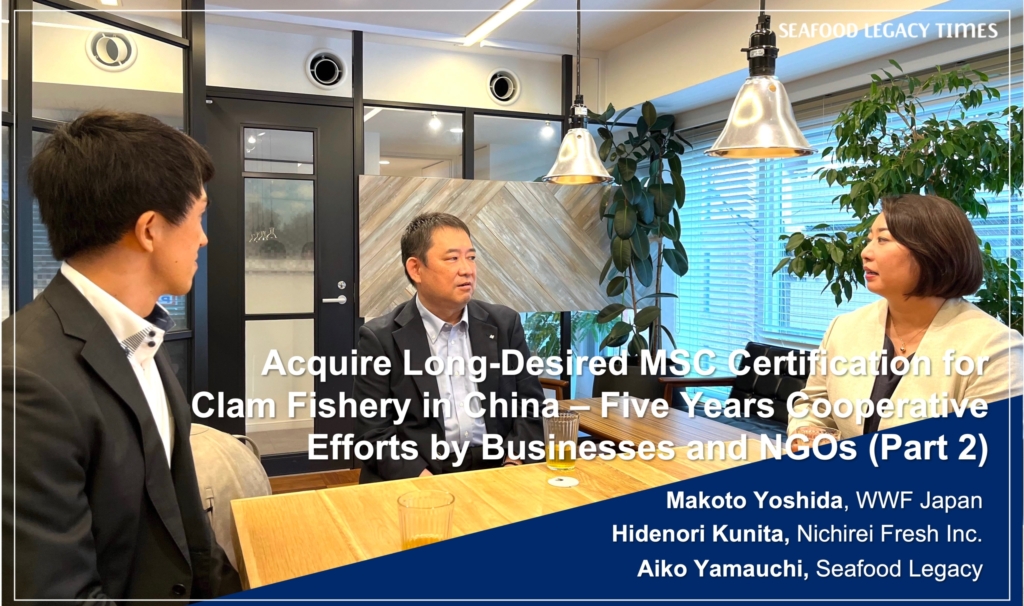
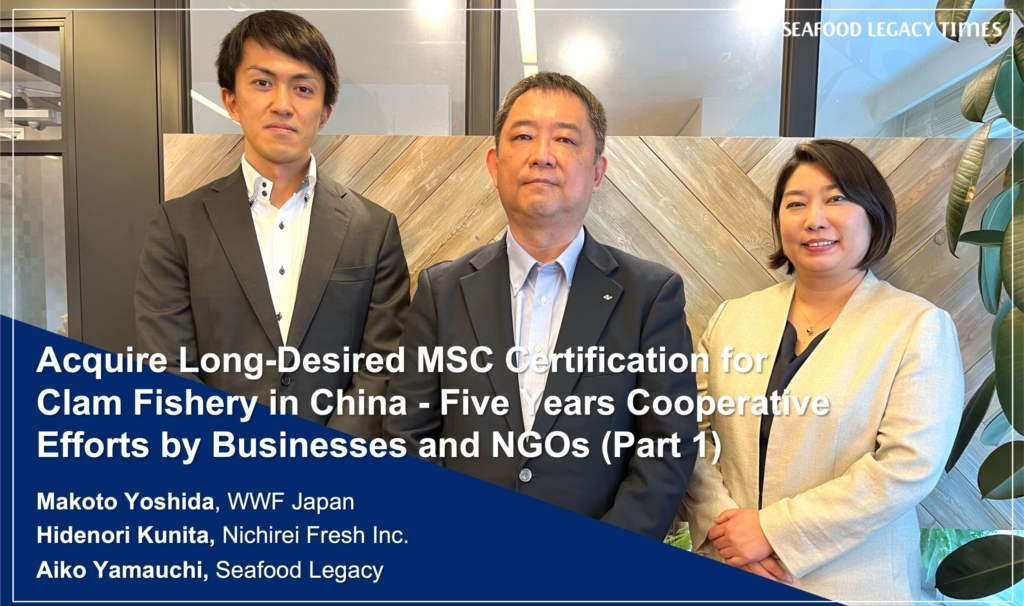






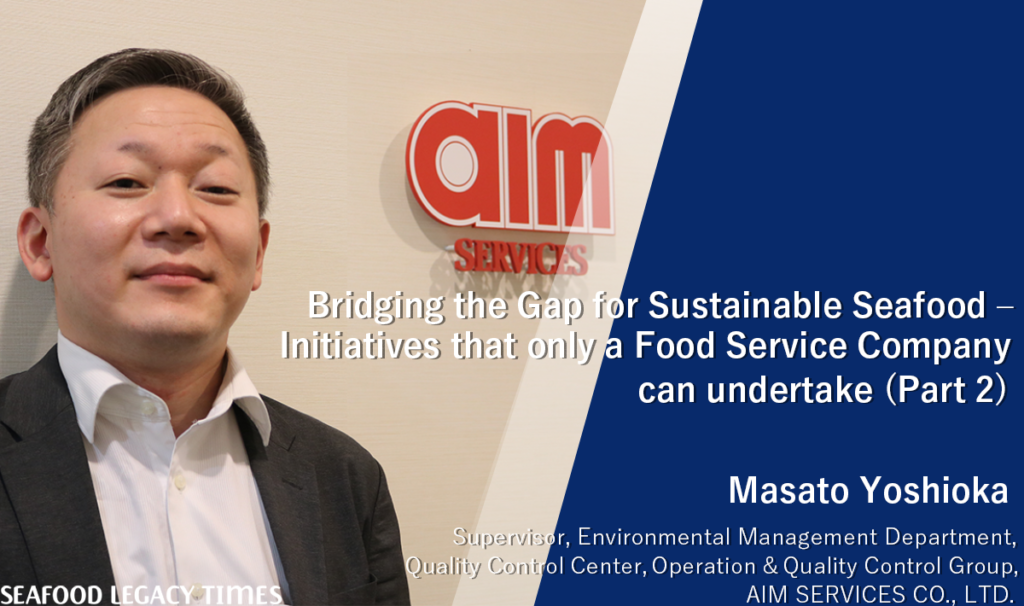
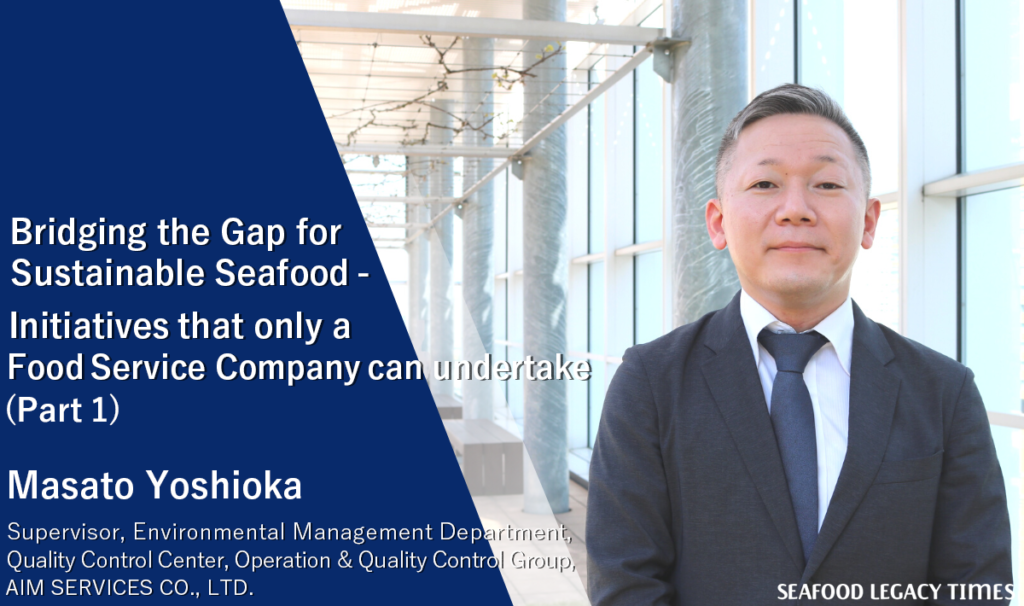
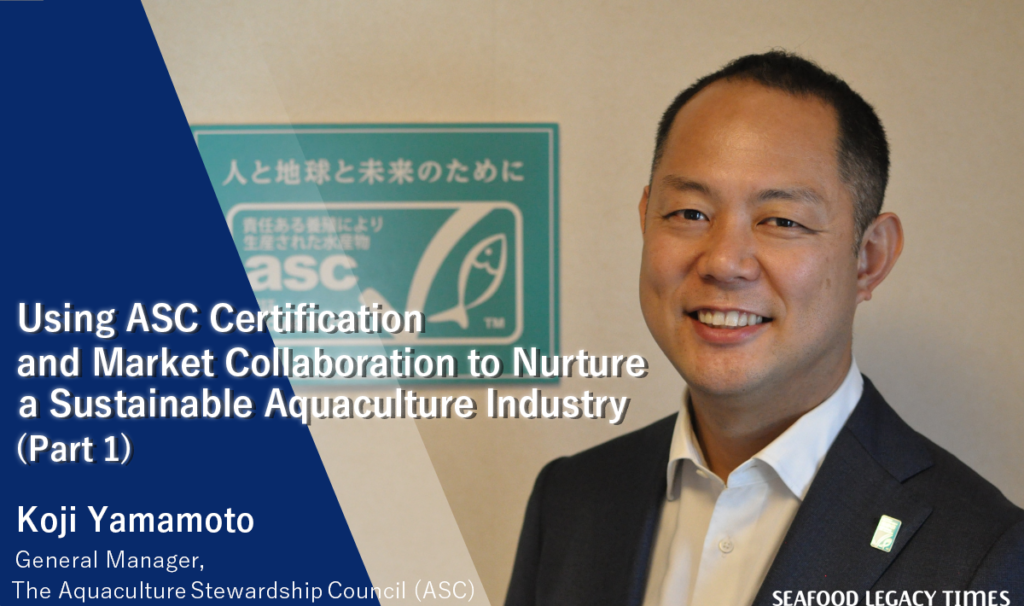
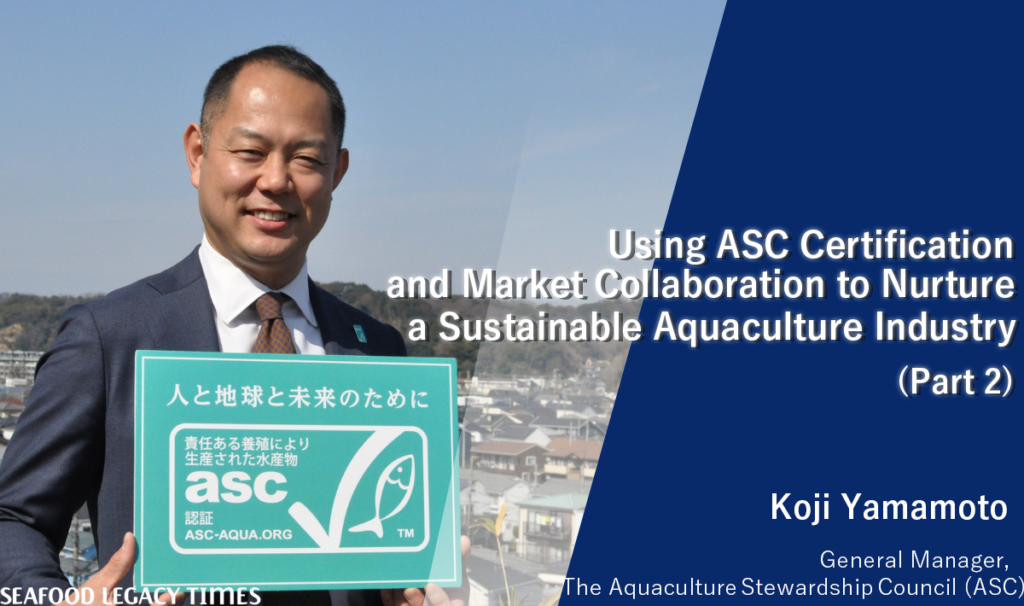
2-1024x606.png)
-1-1024x606.png)
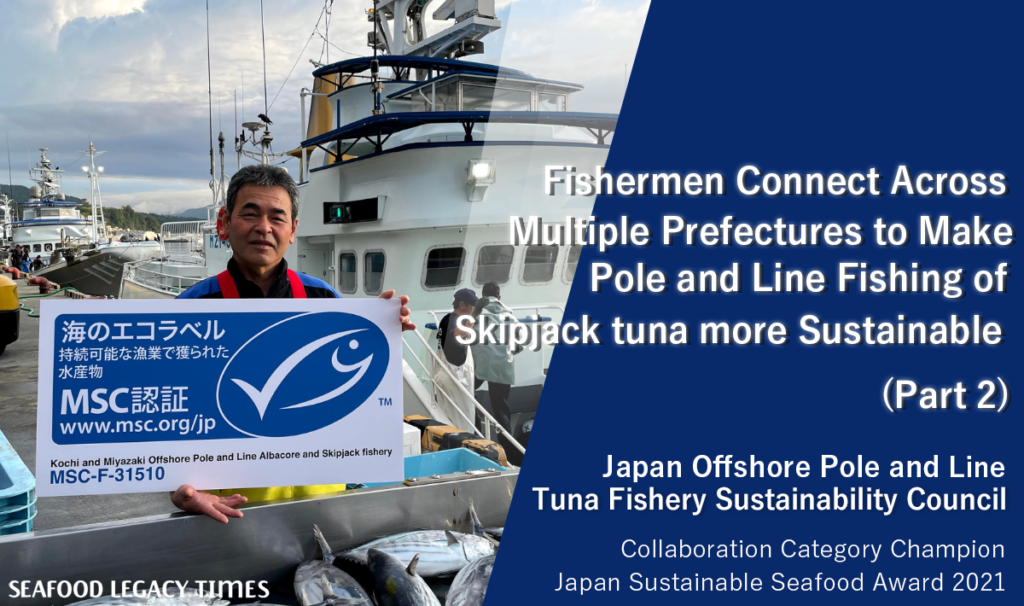
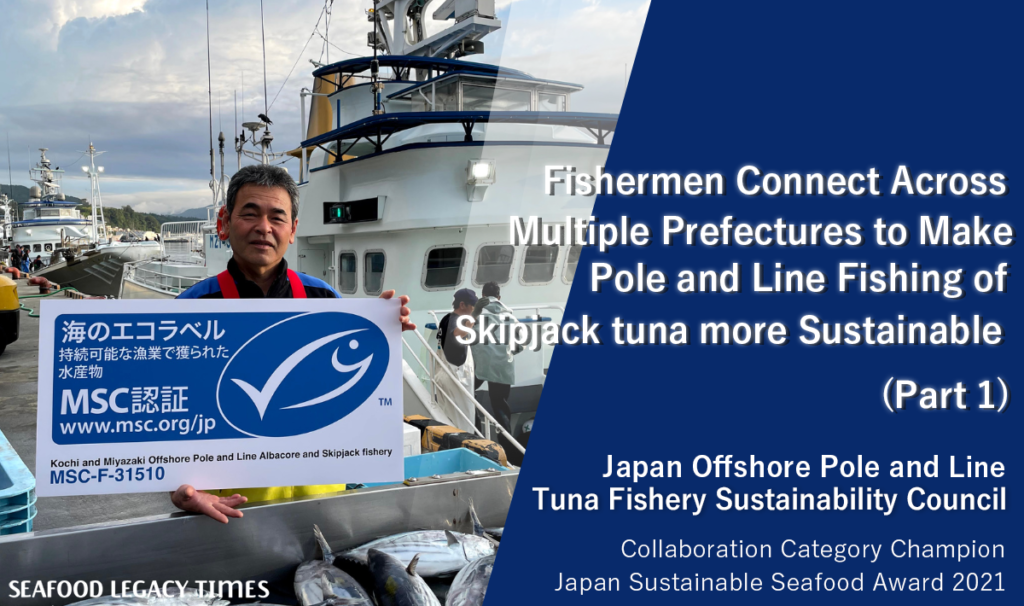
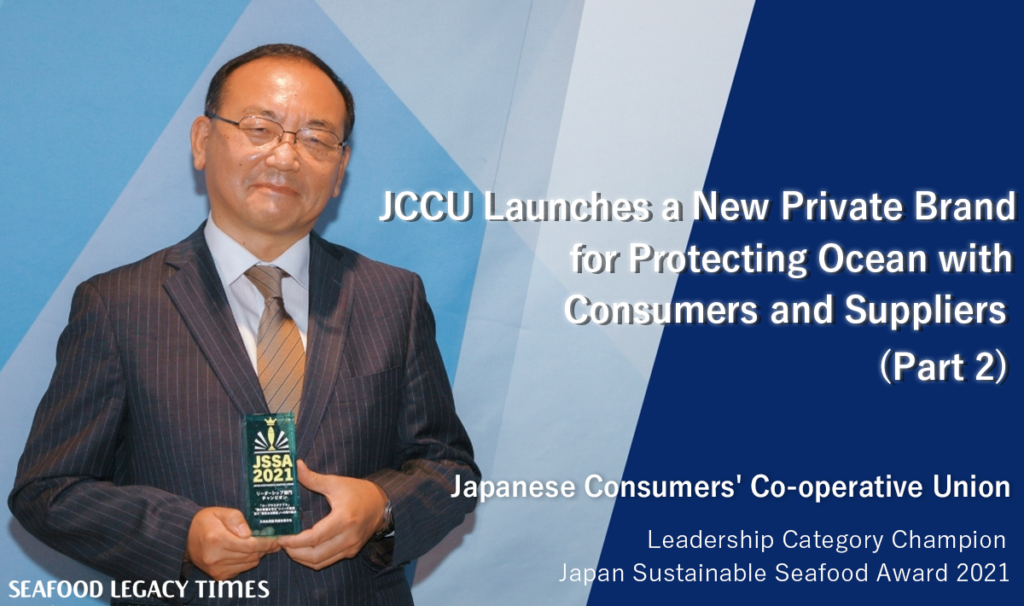
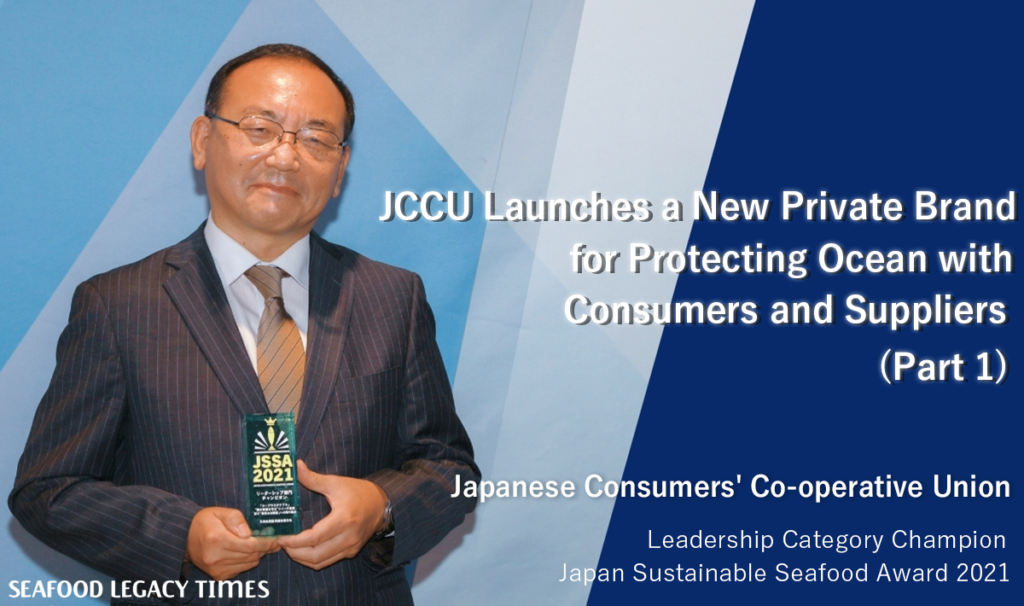
Part2-1024x606.png)
Part1-1024x606.png)
